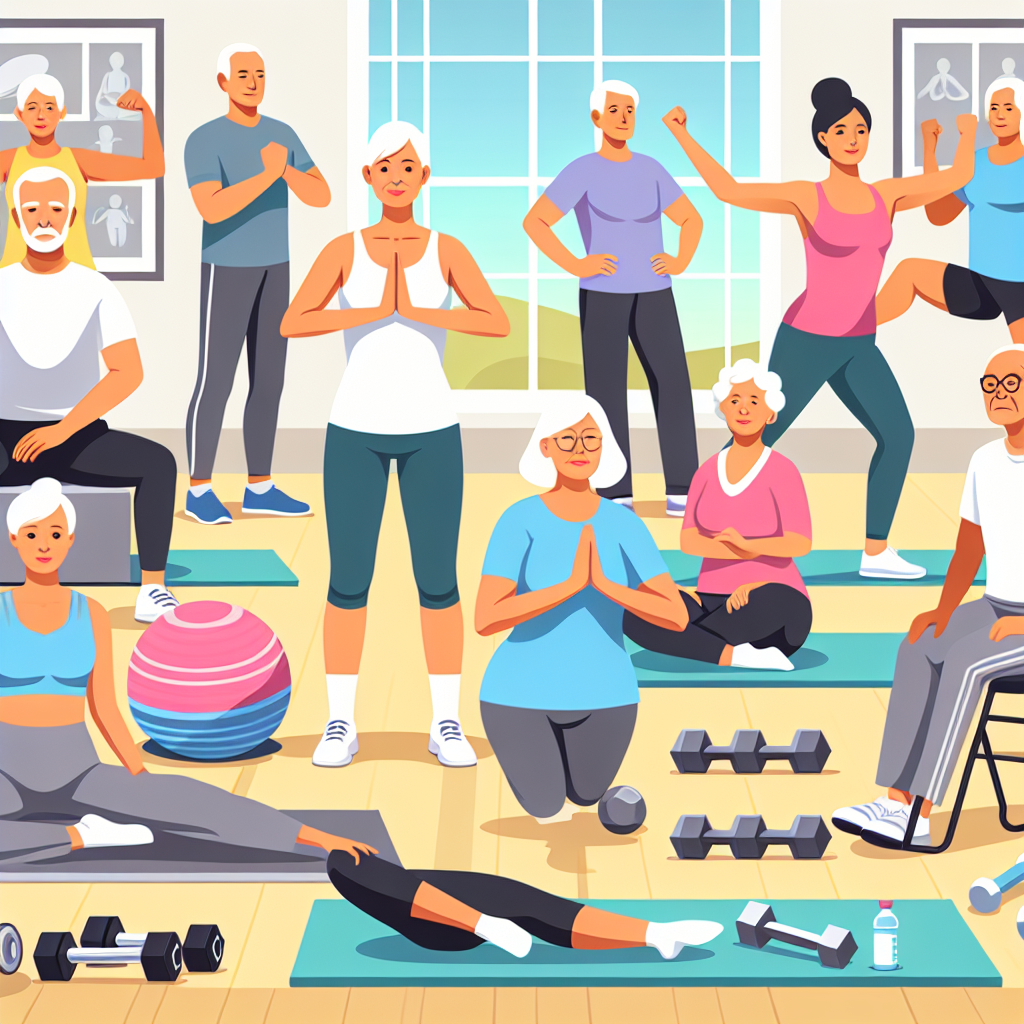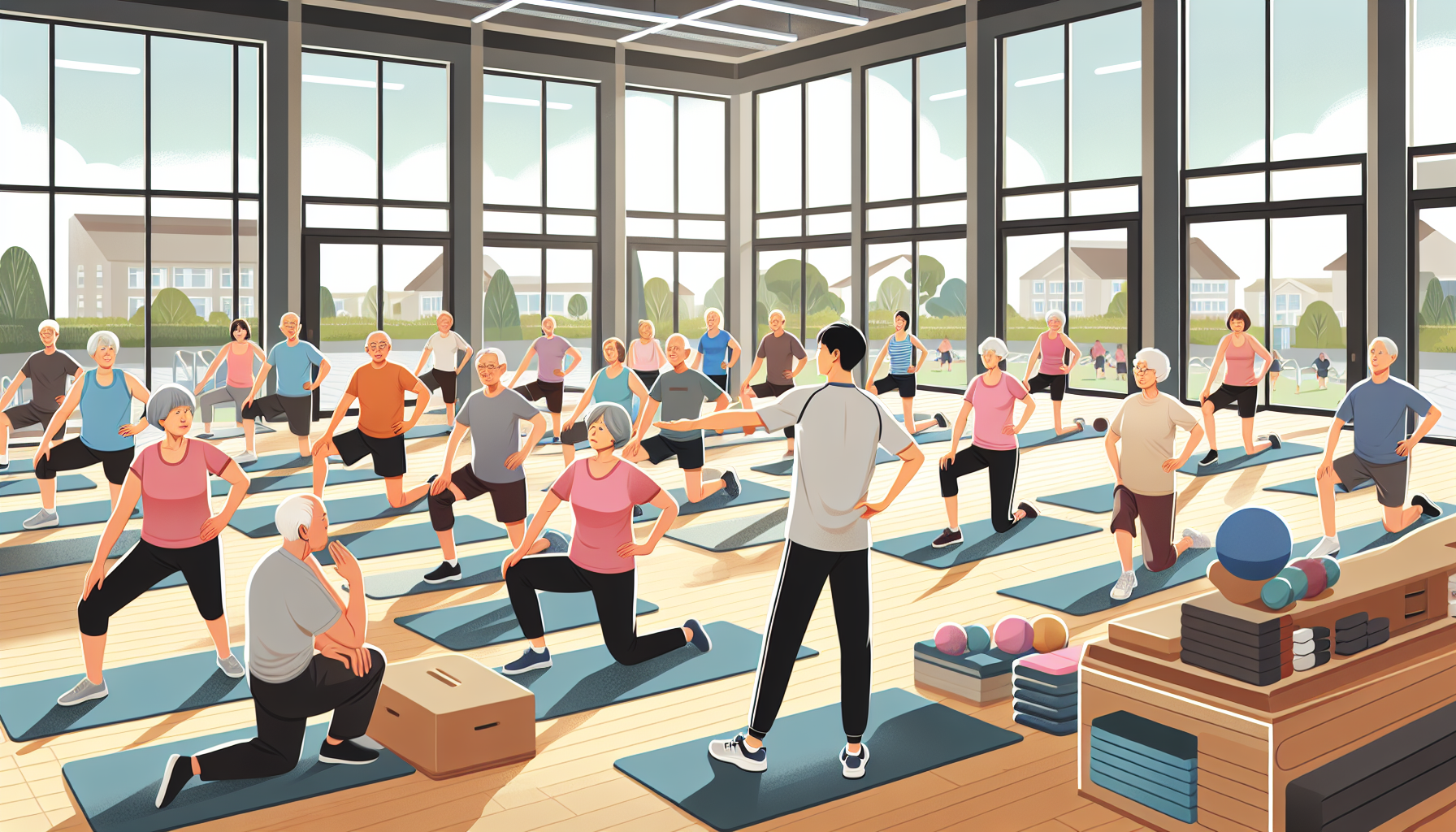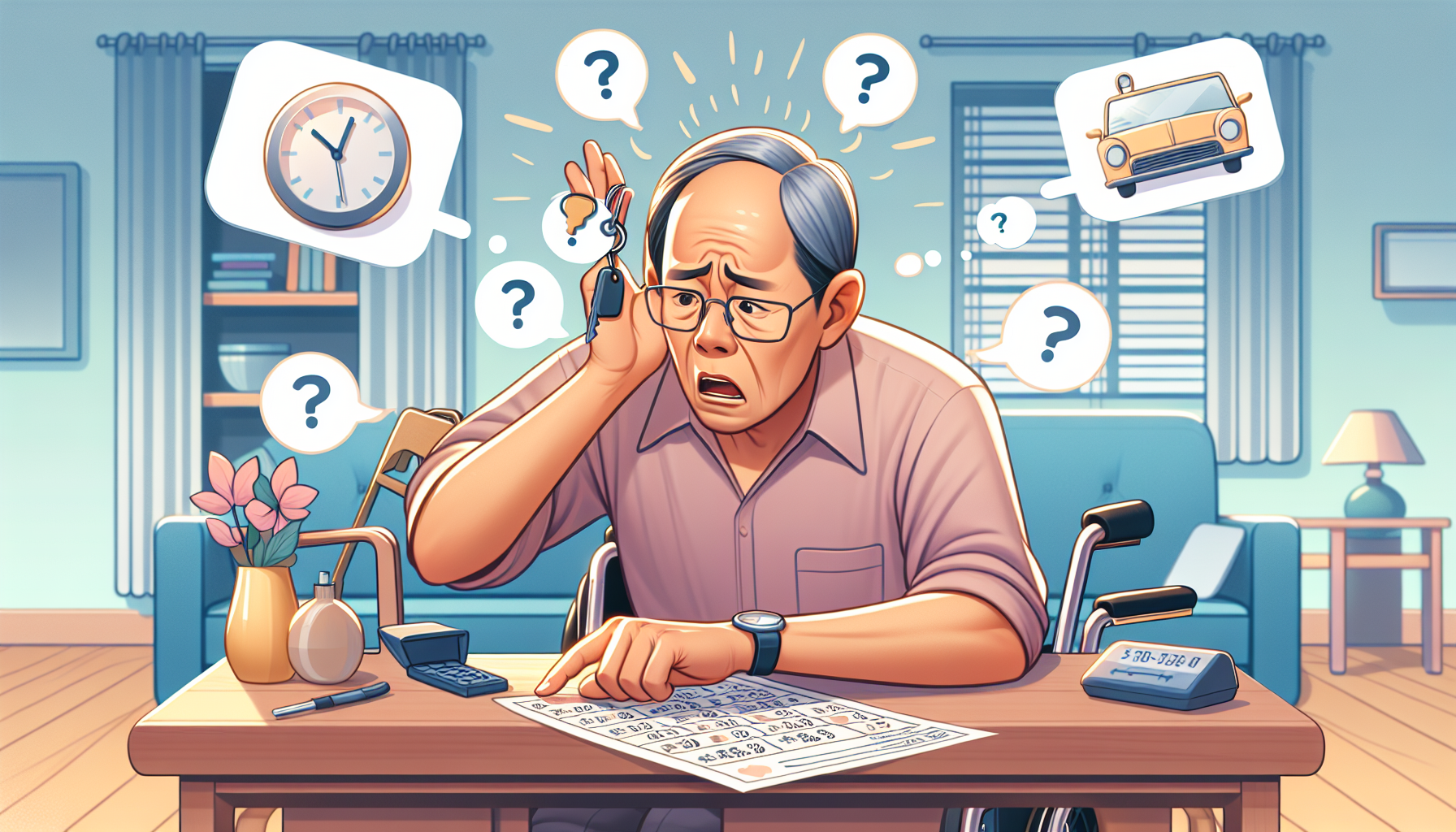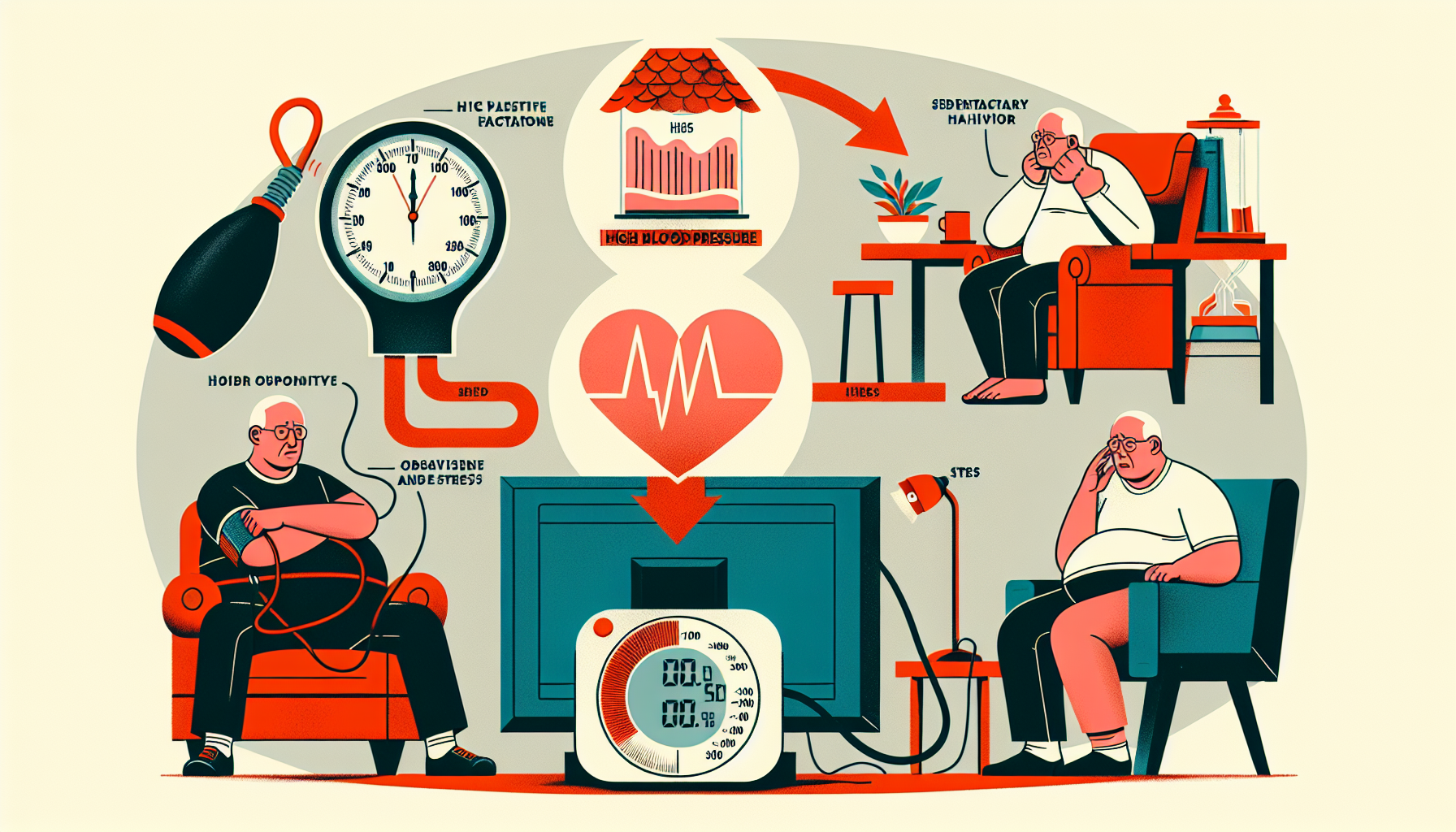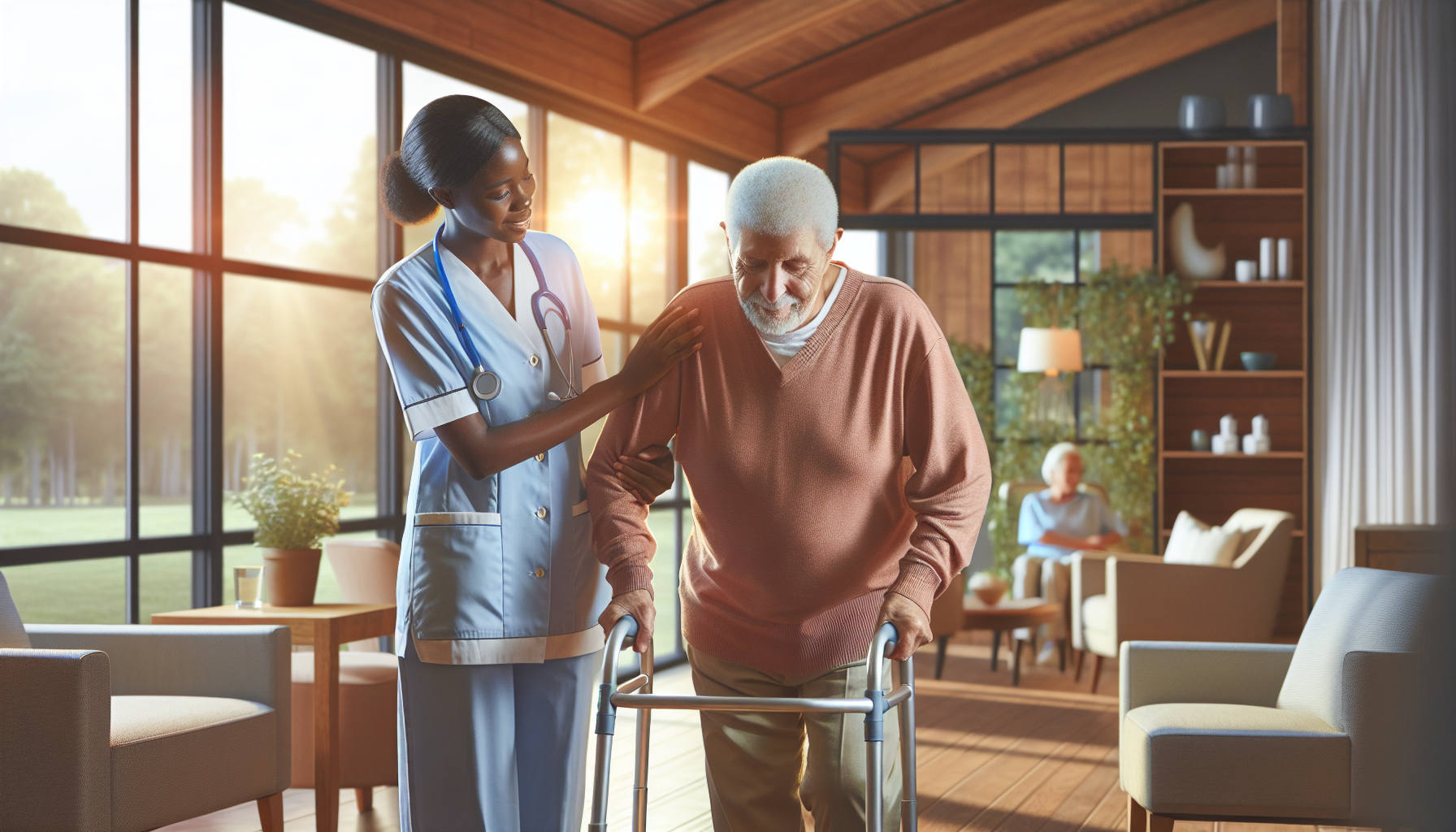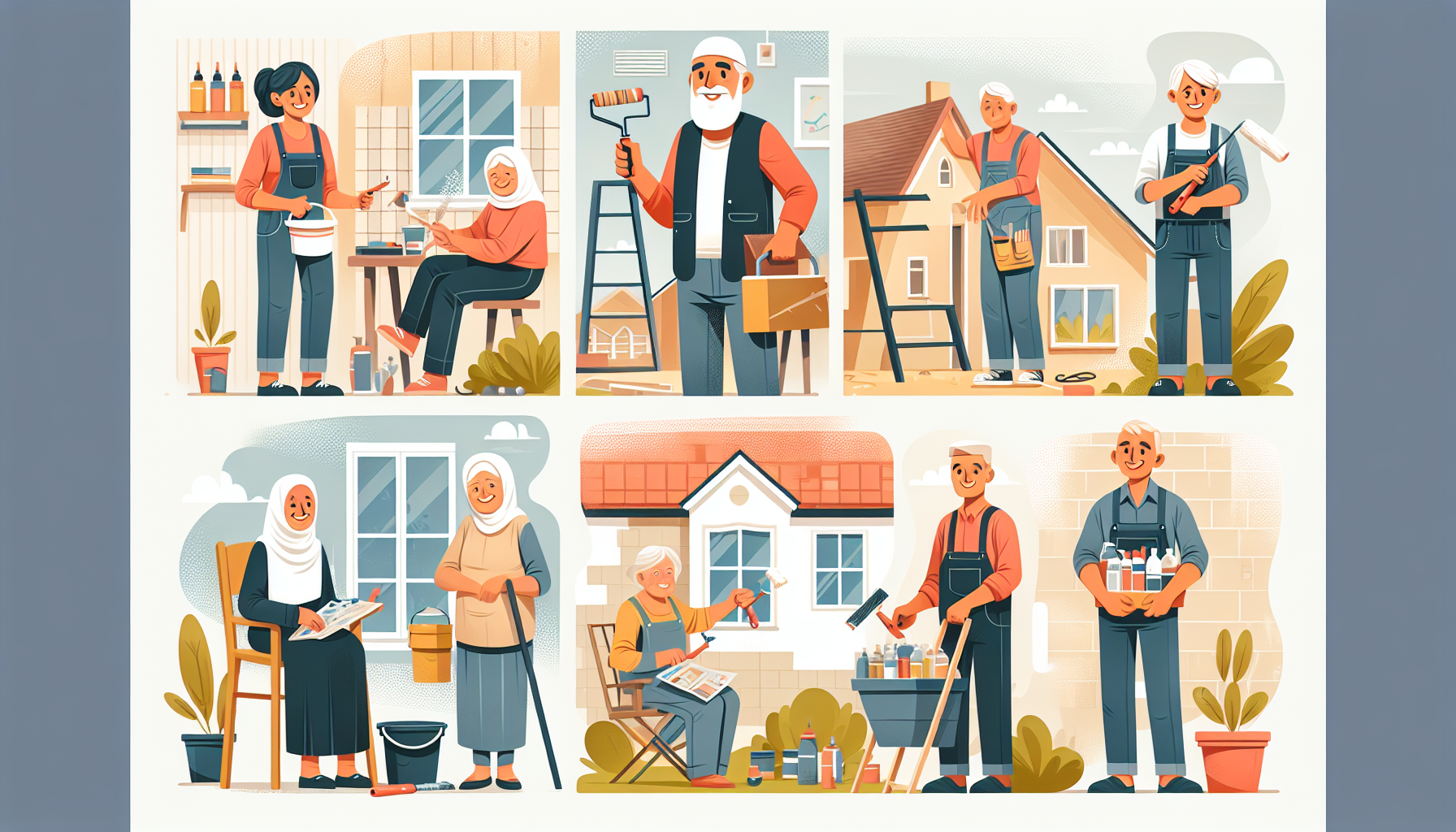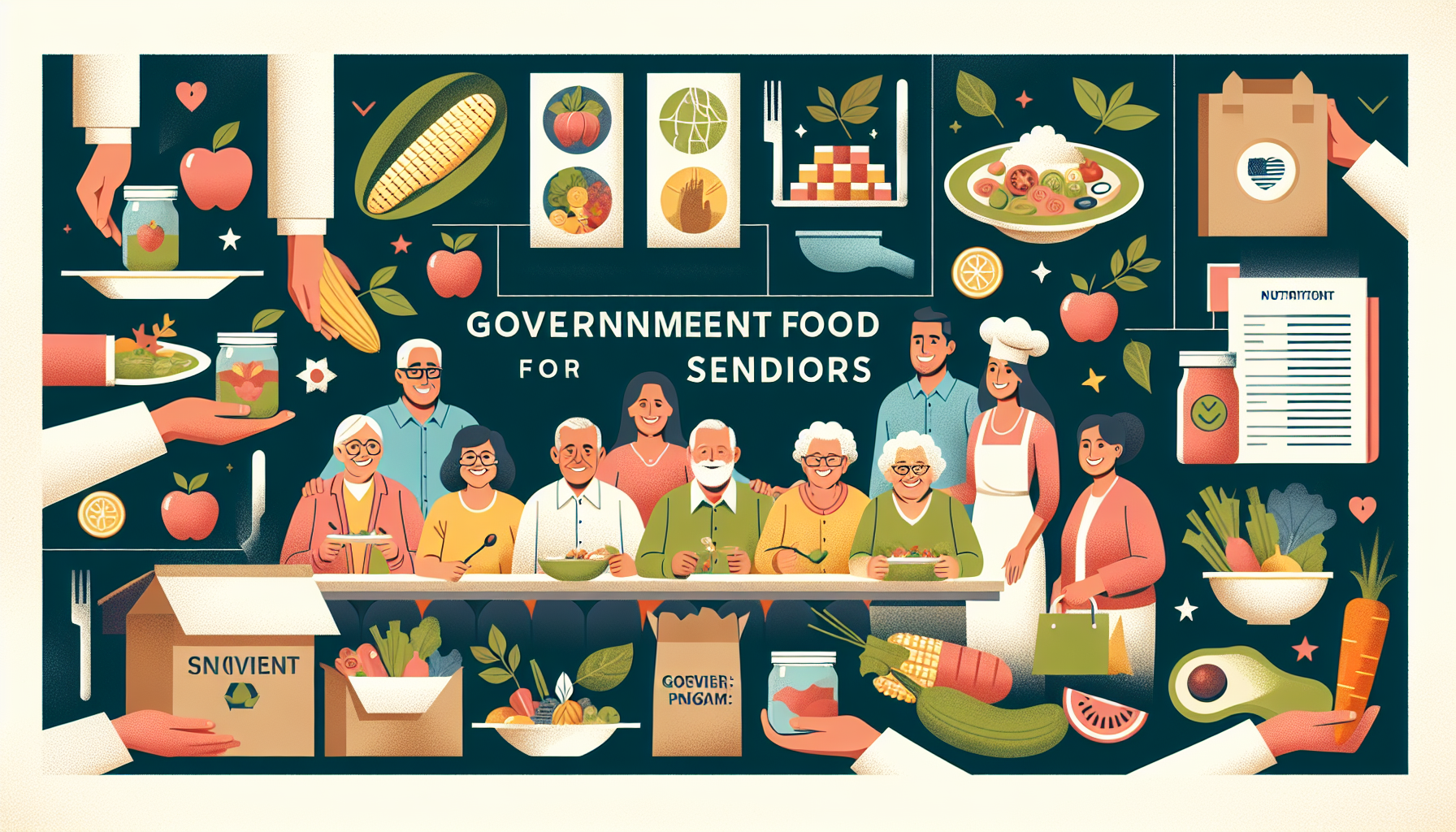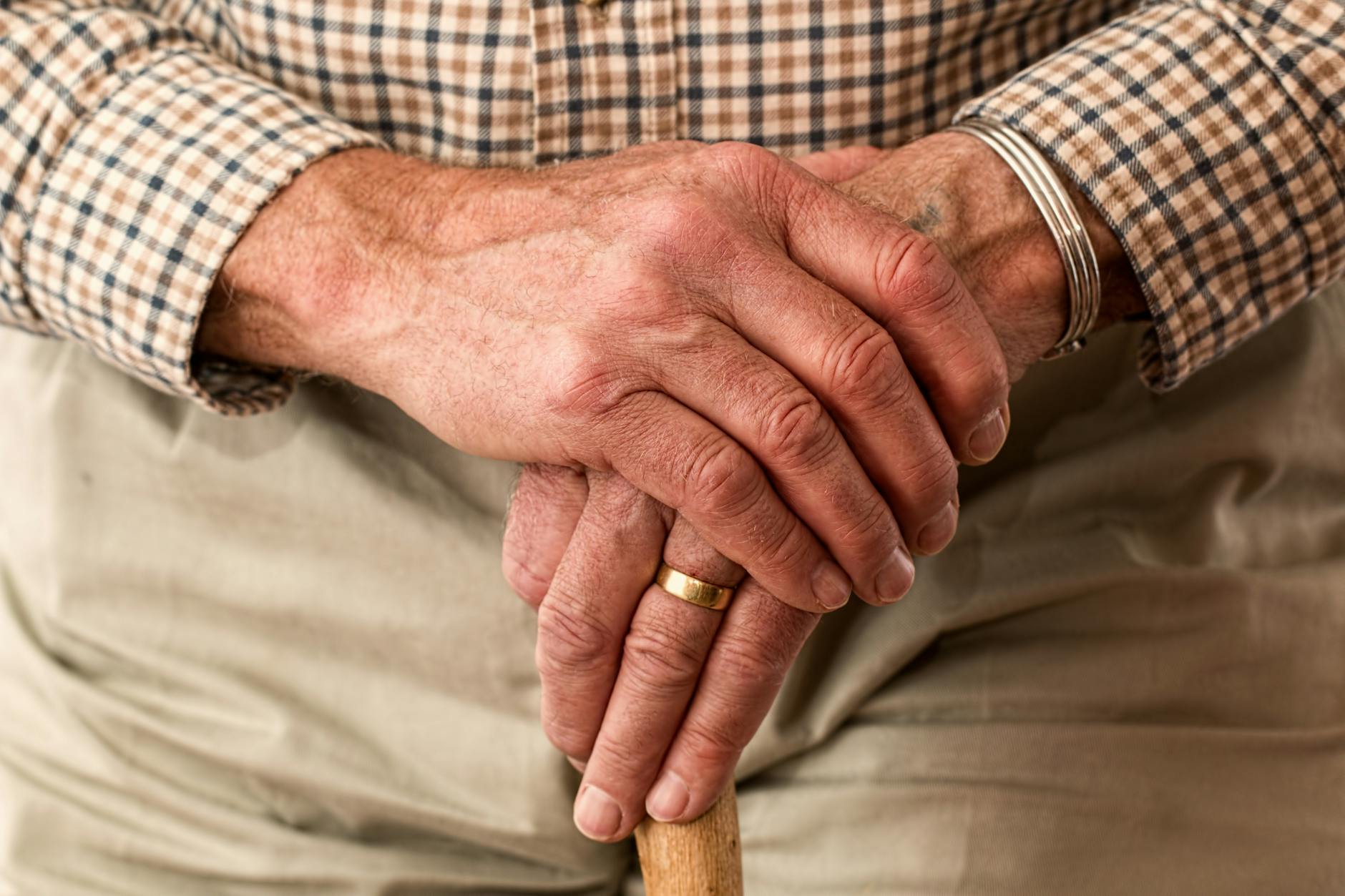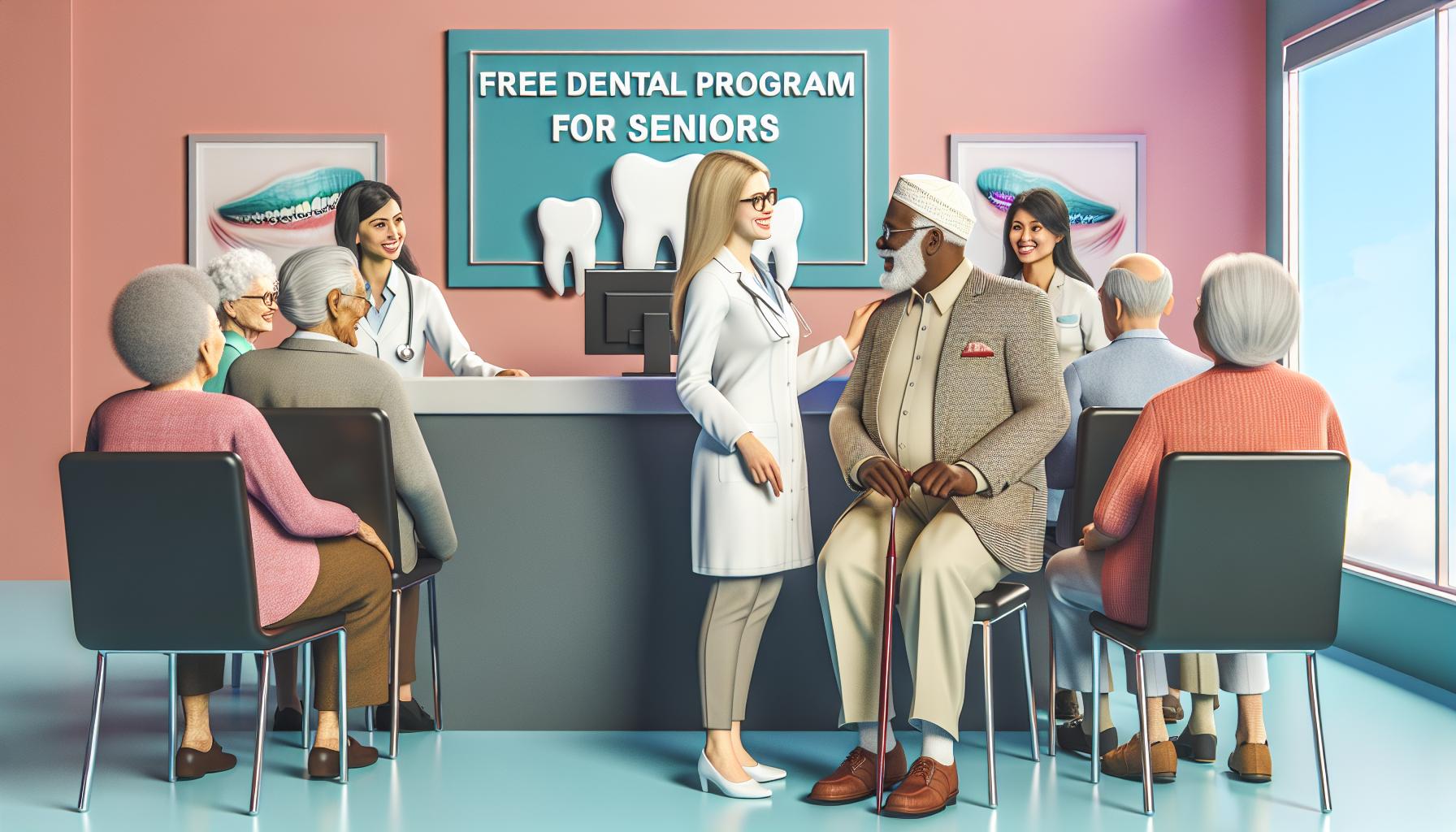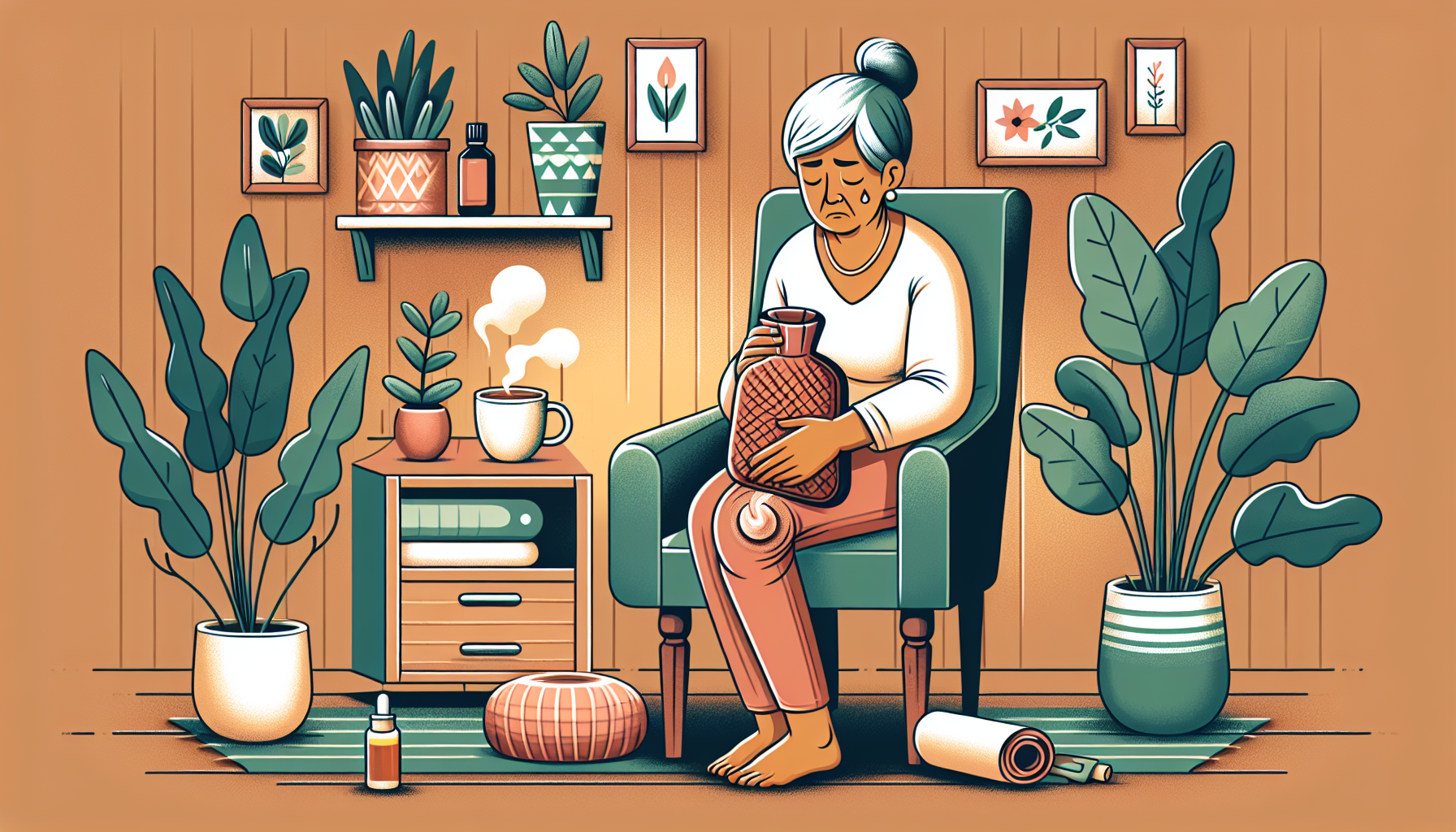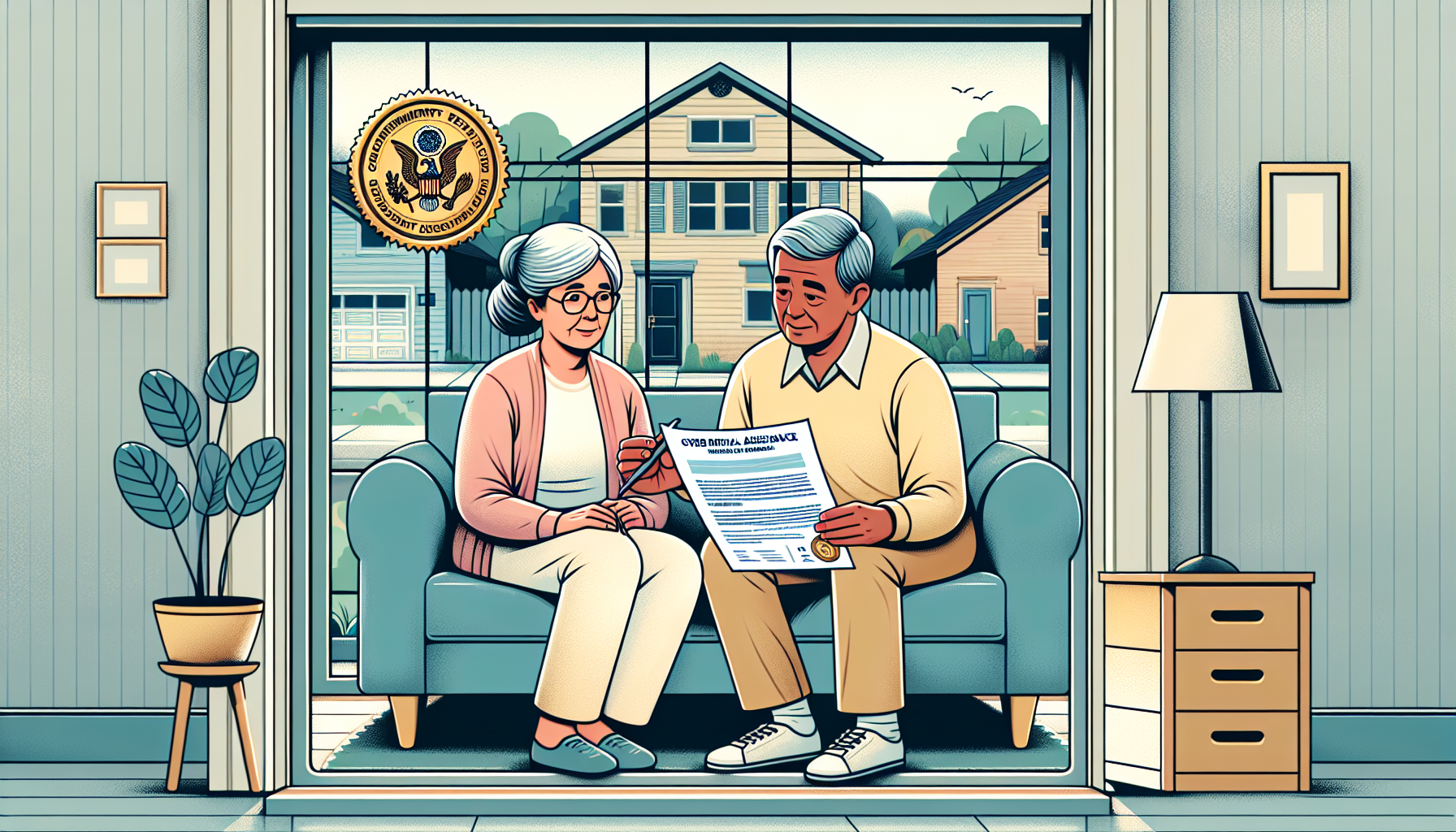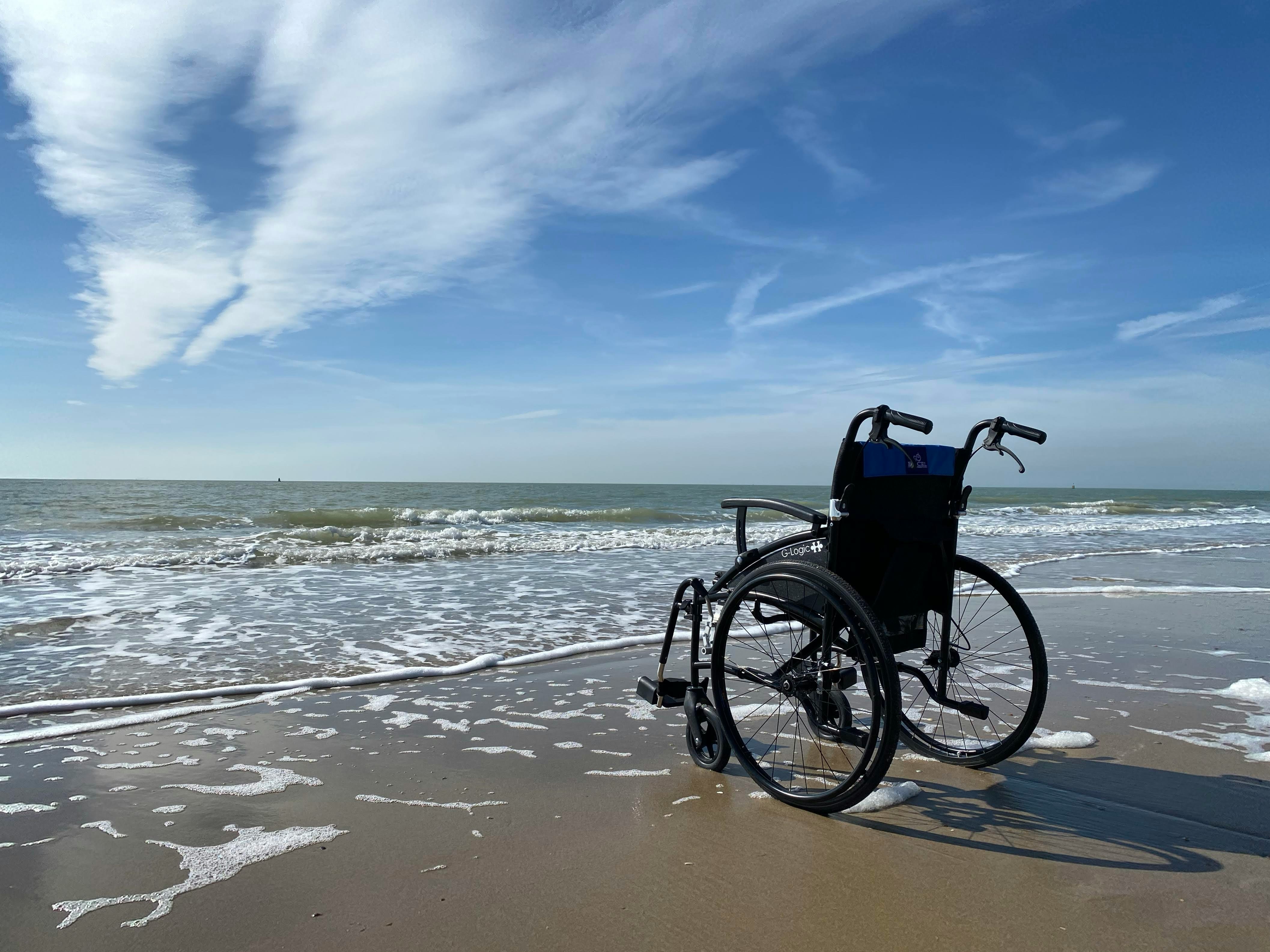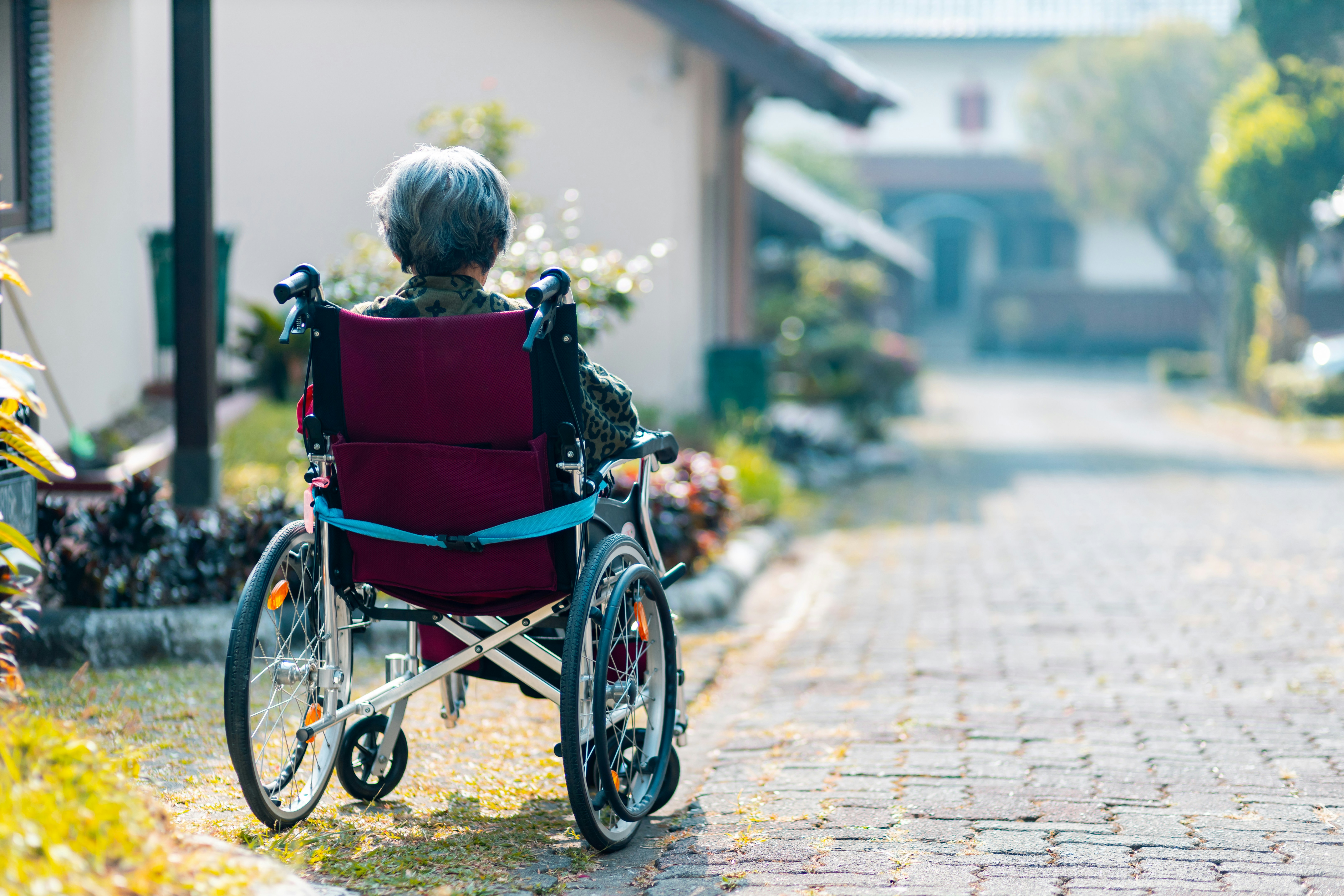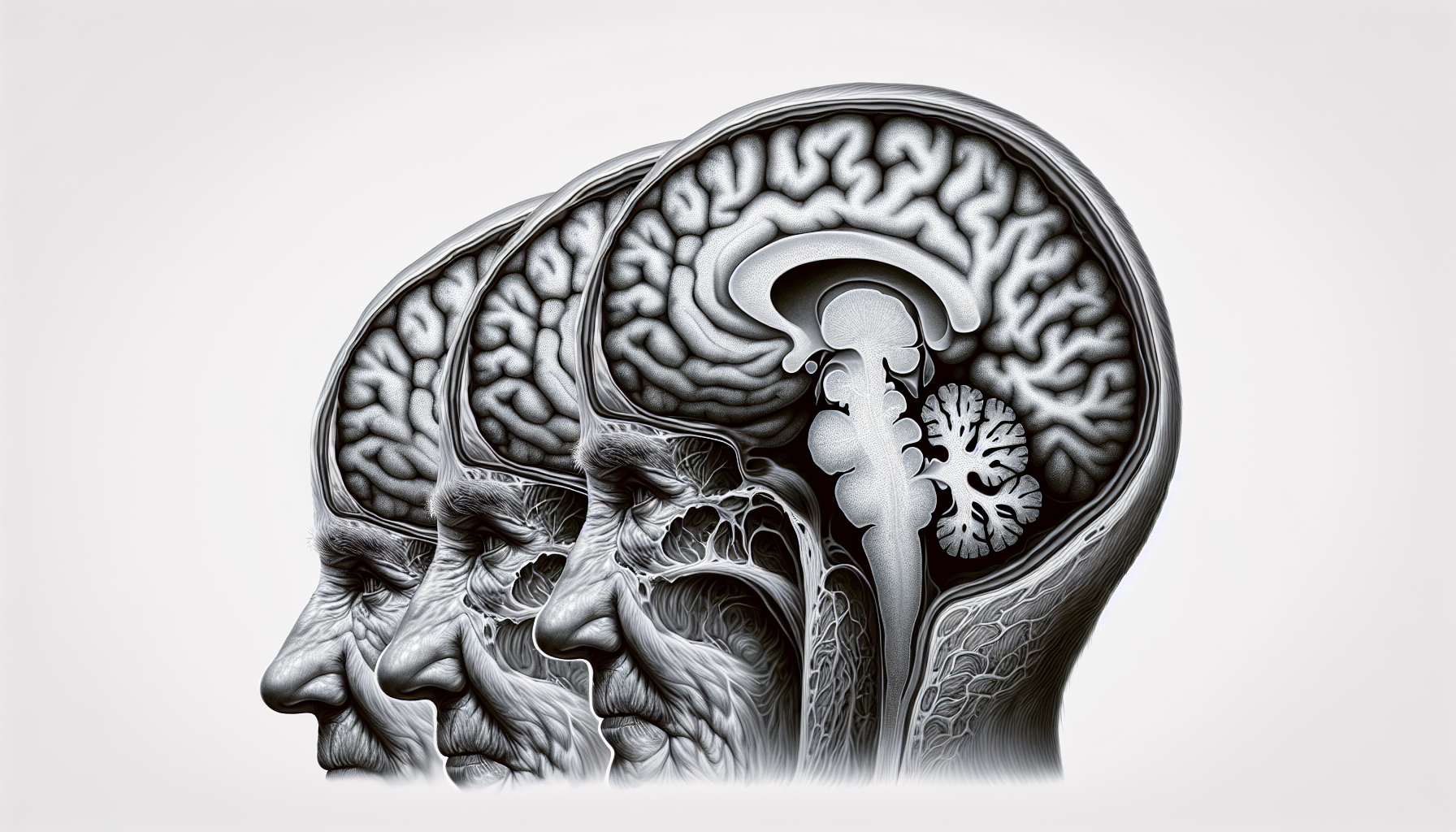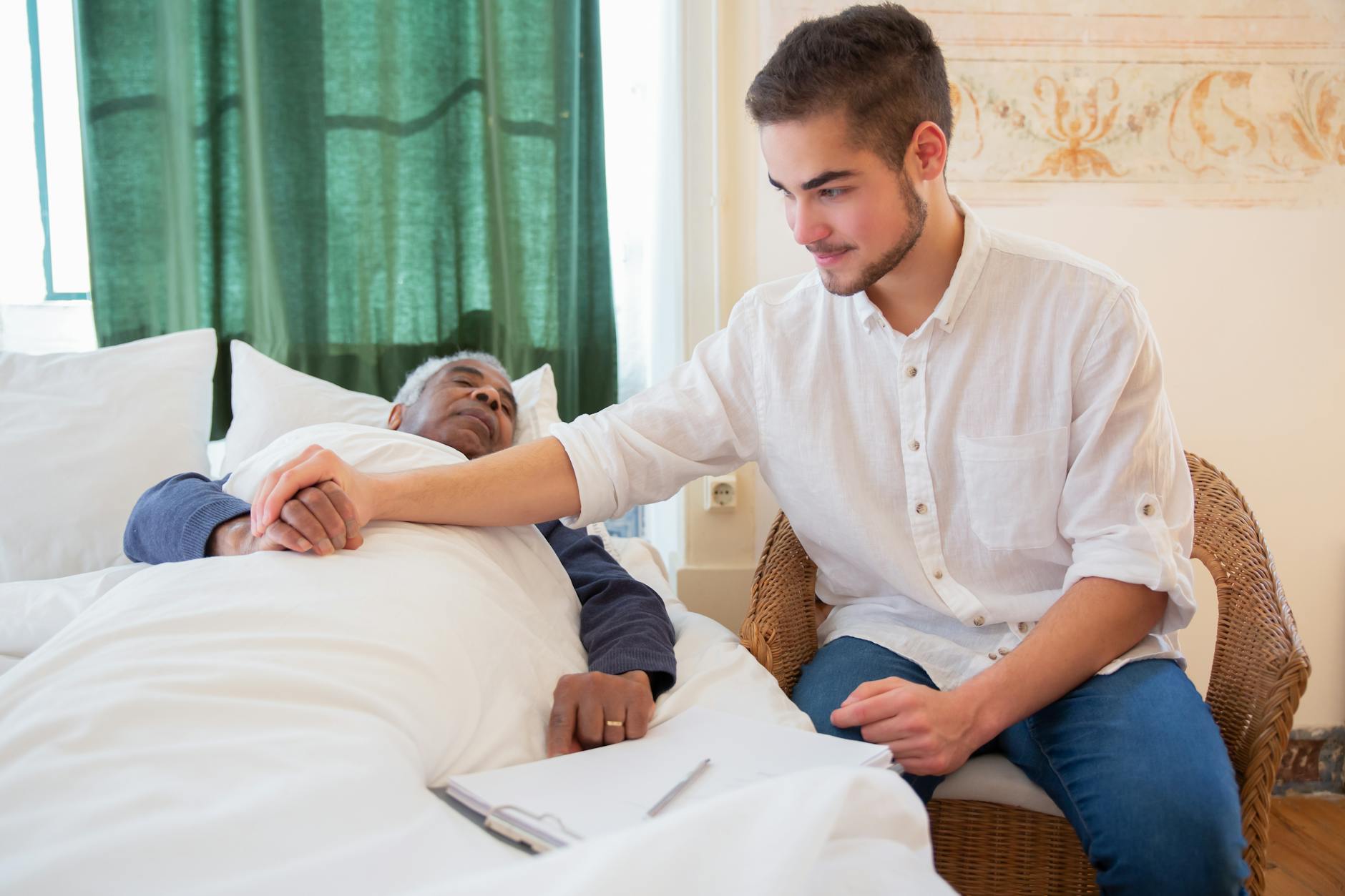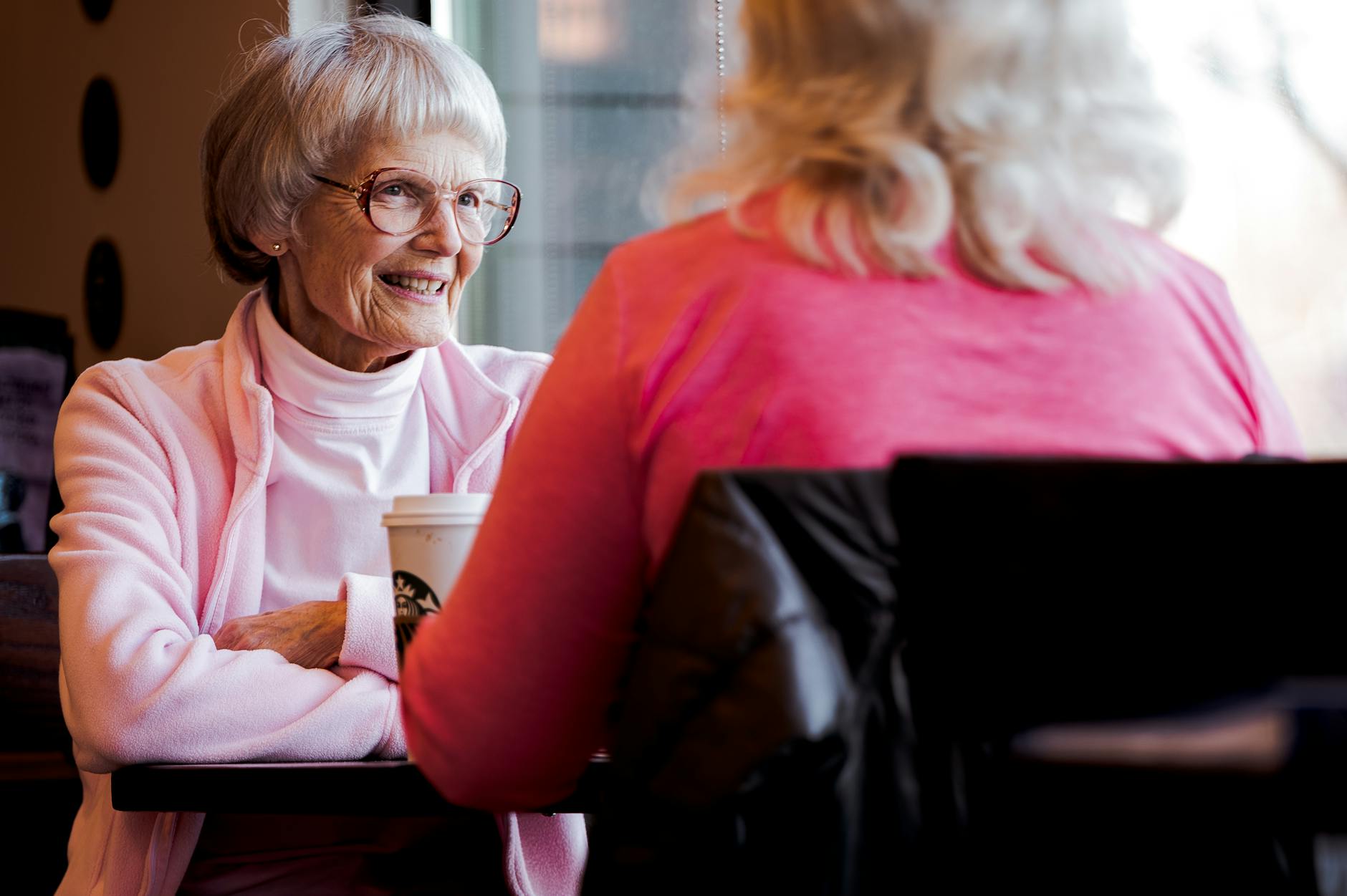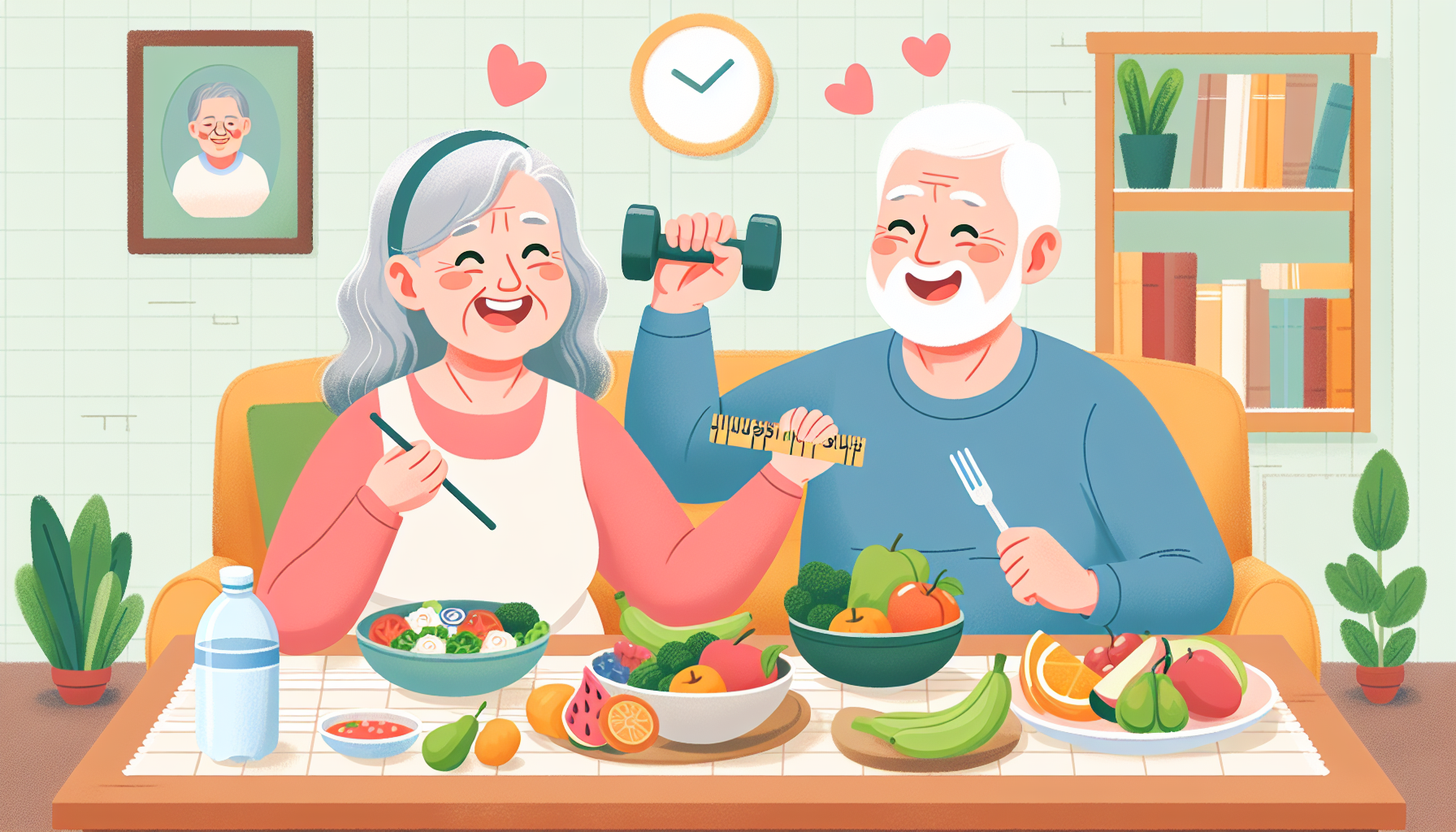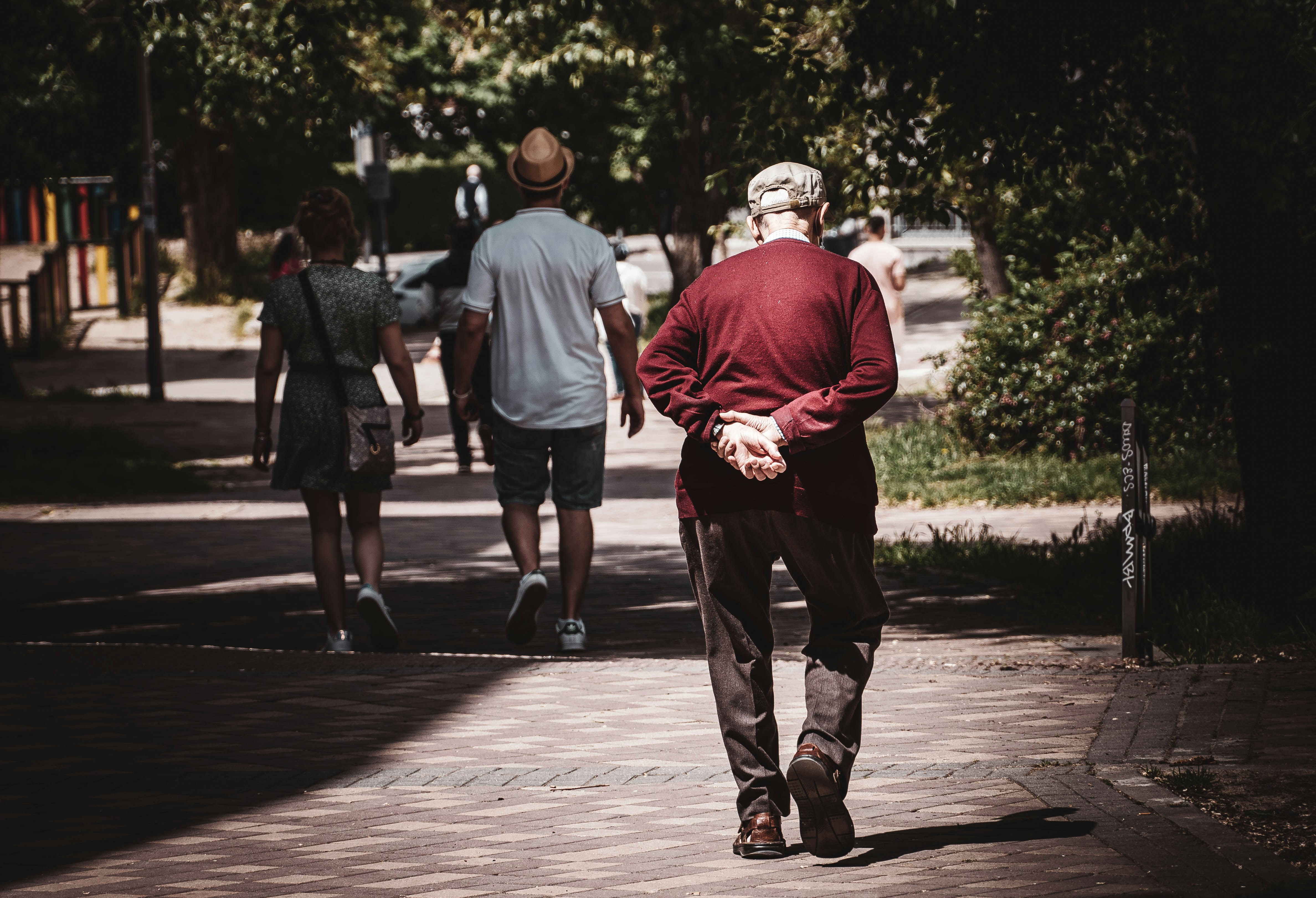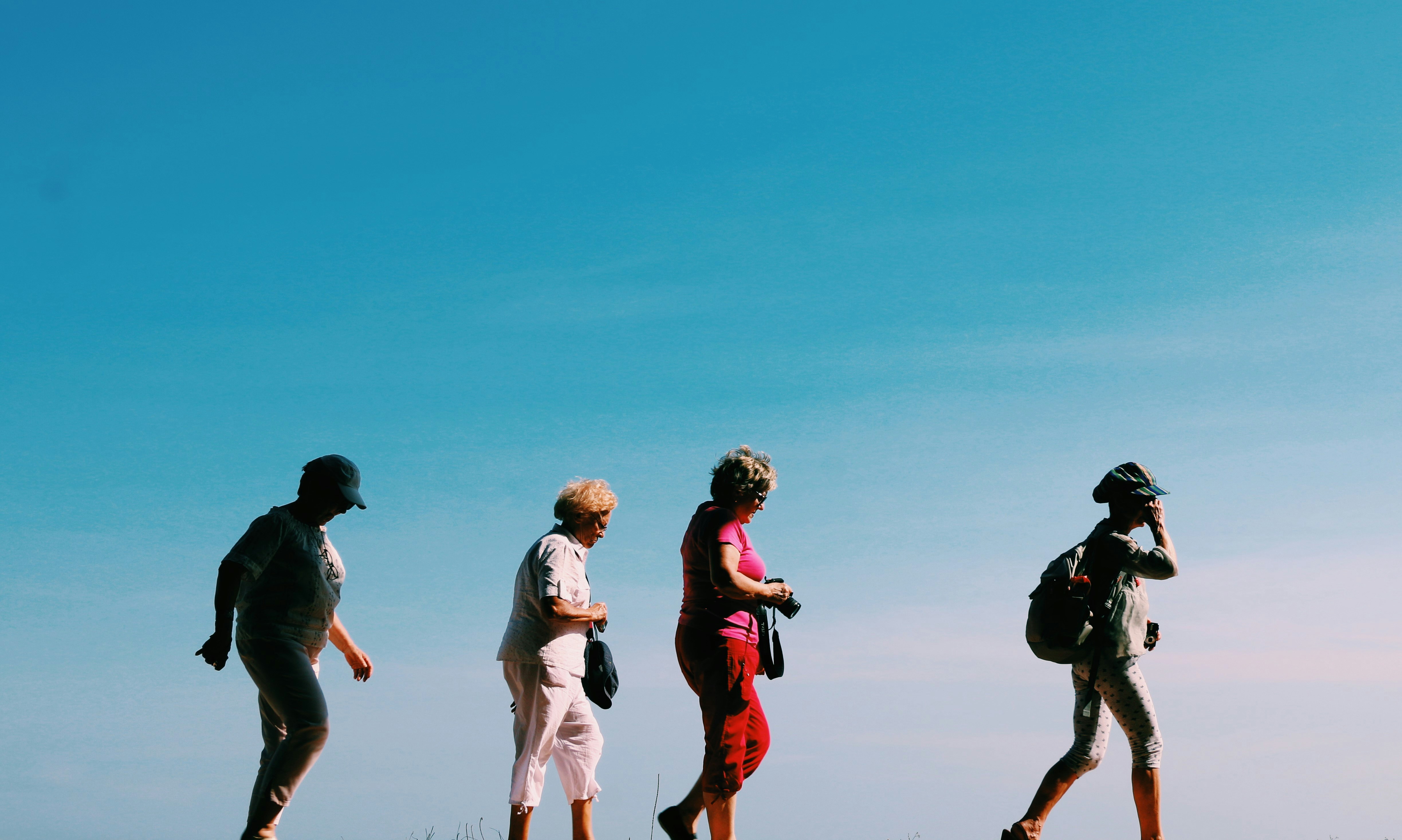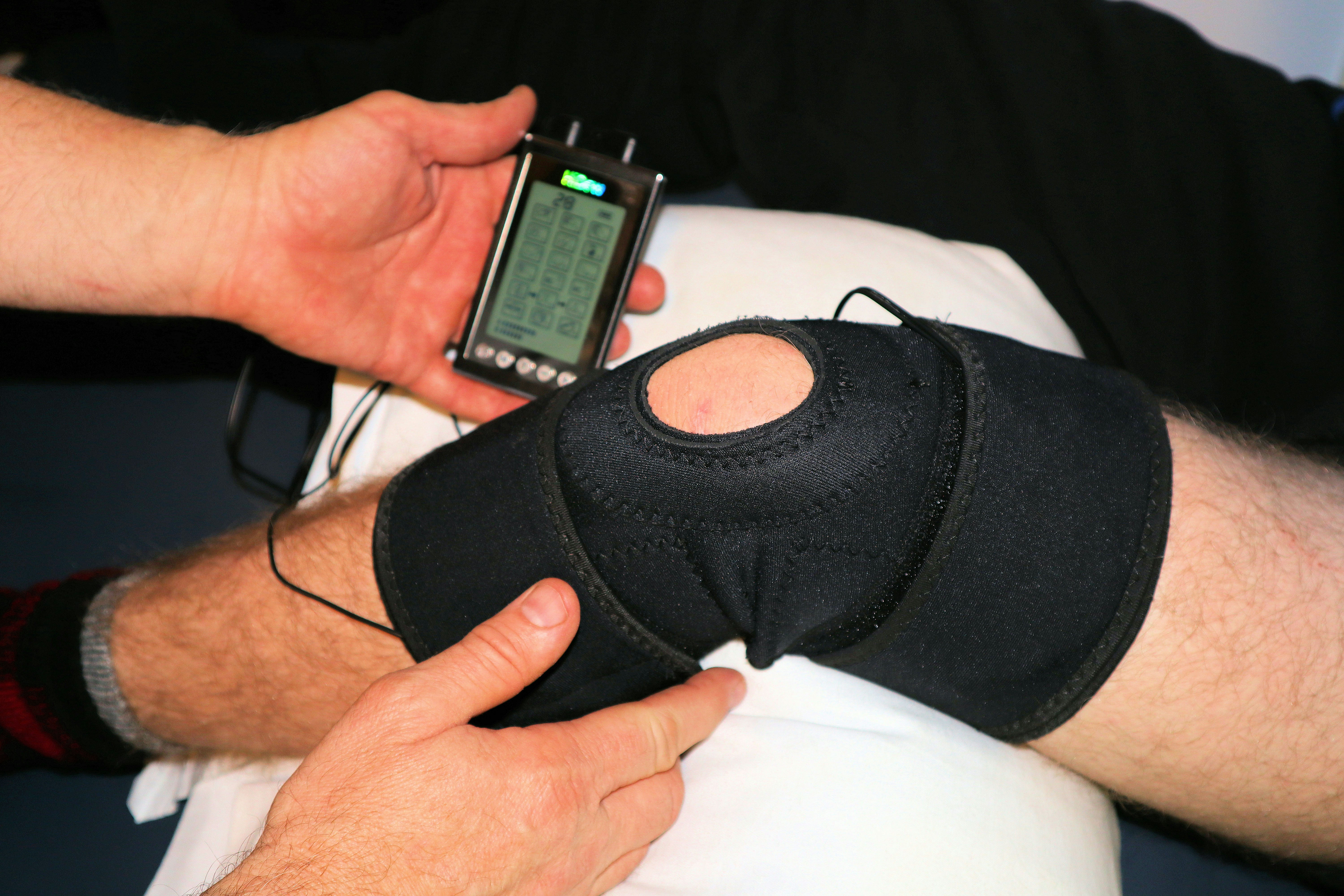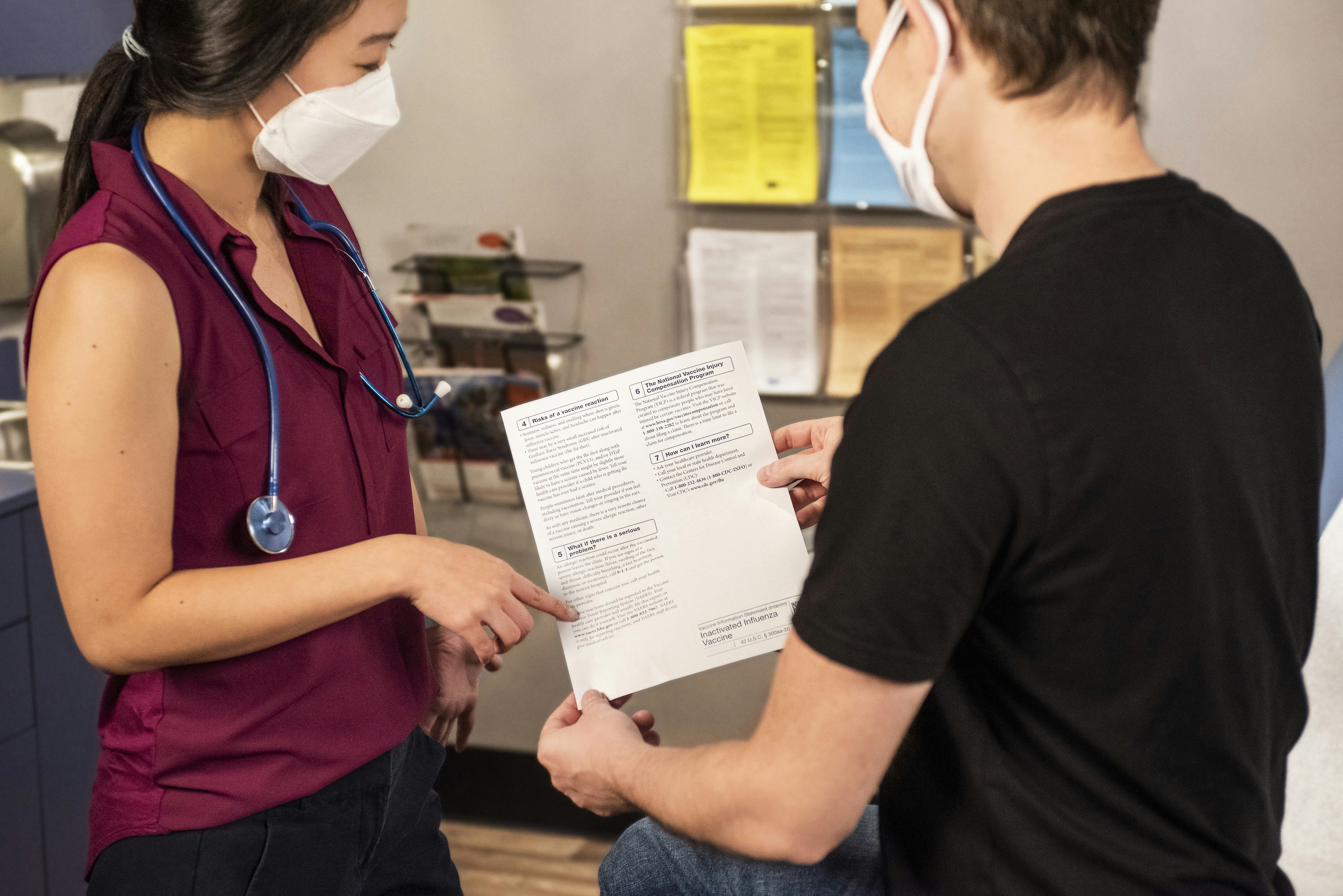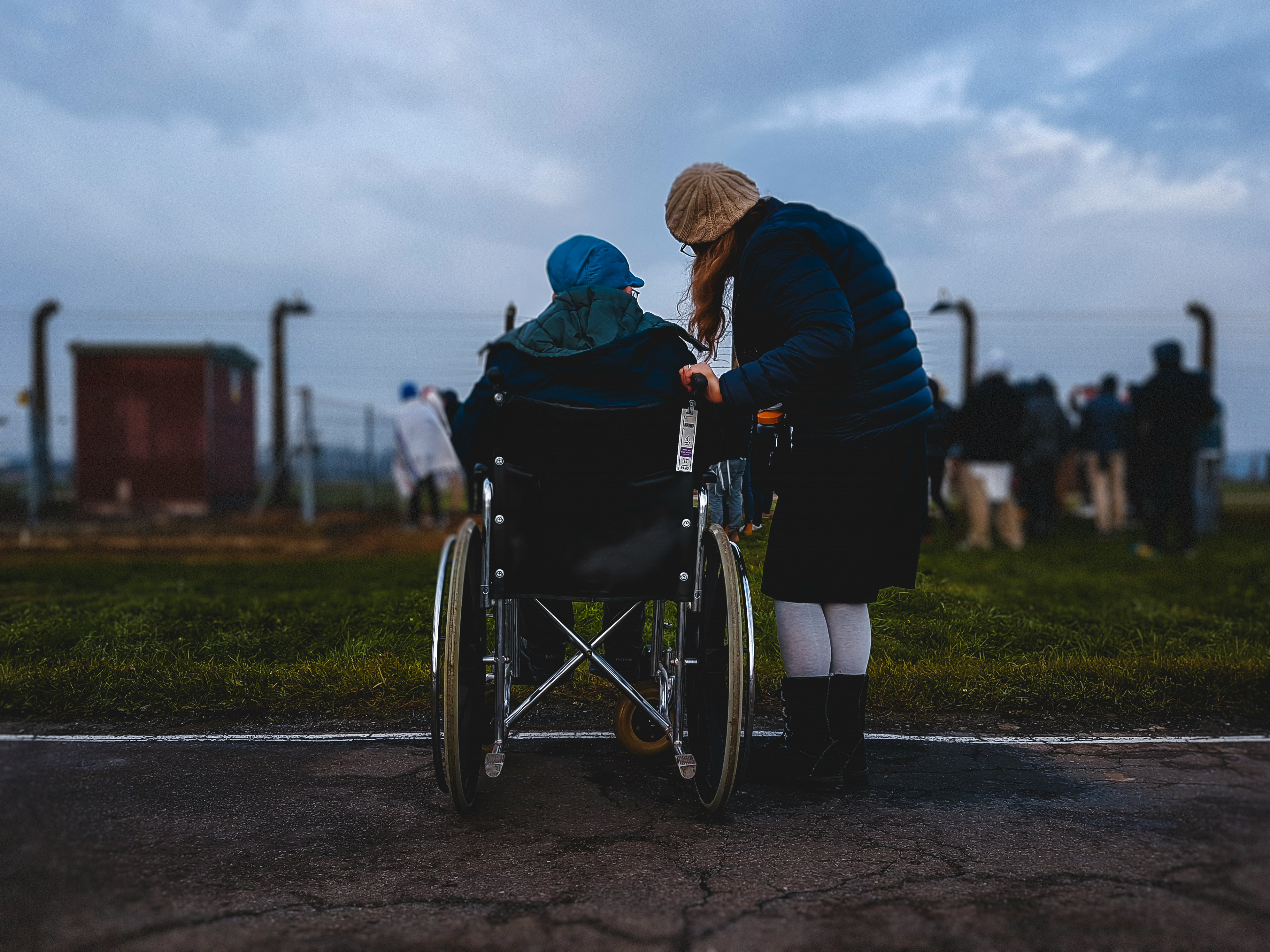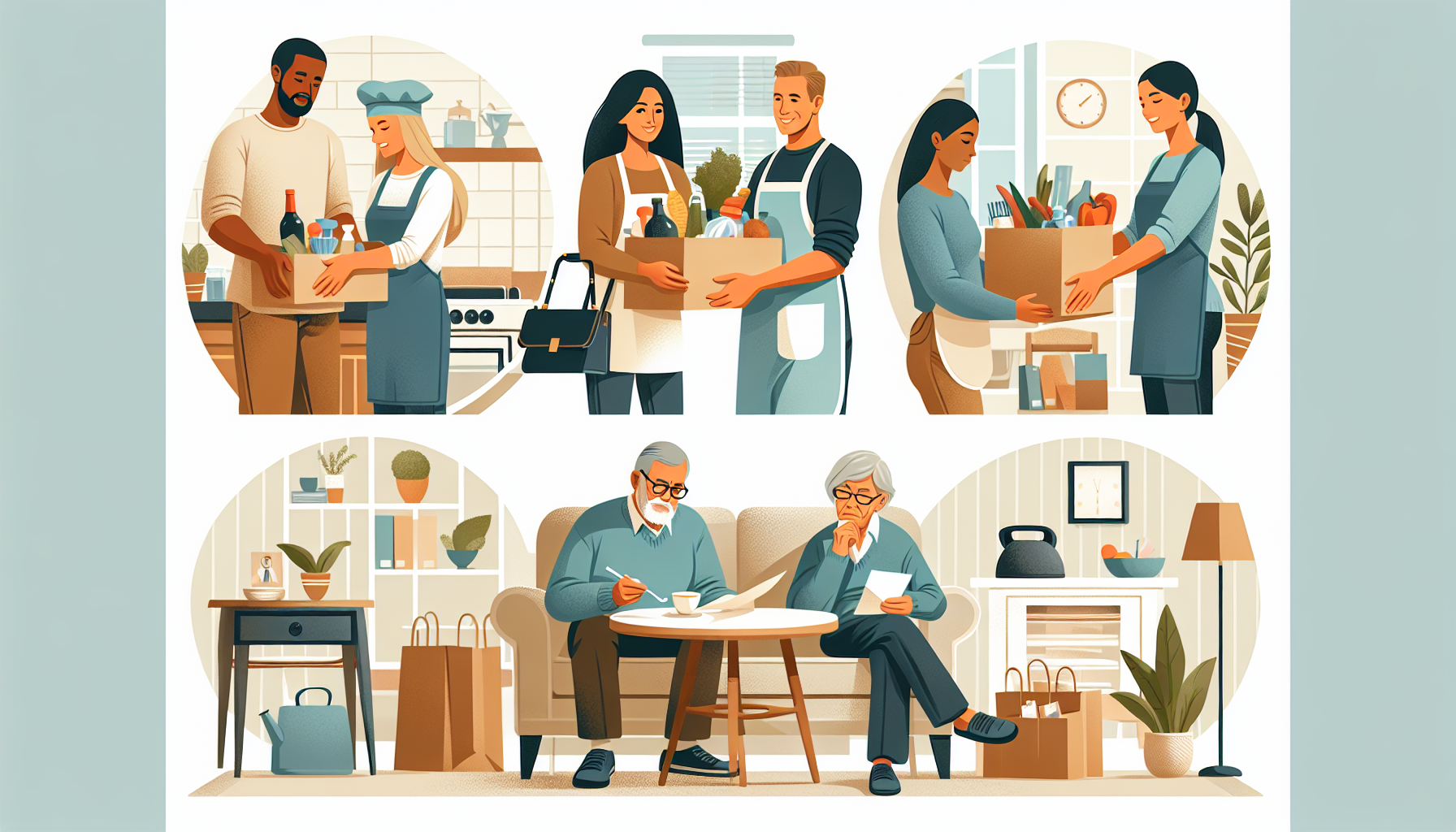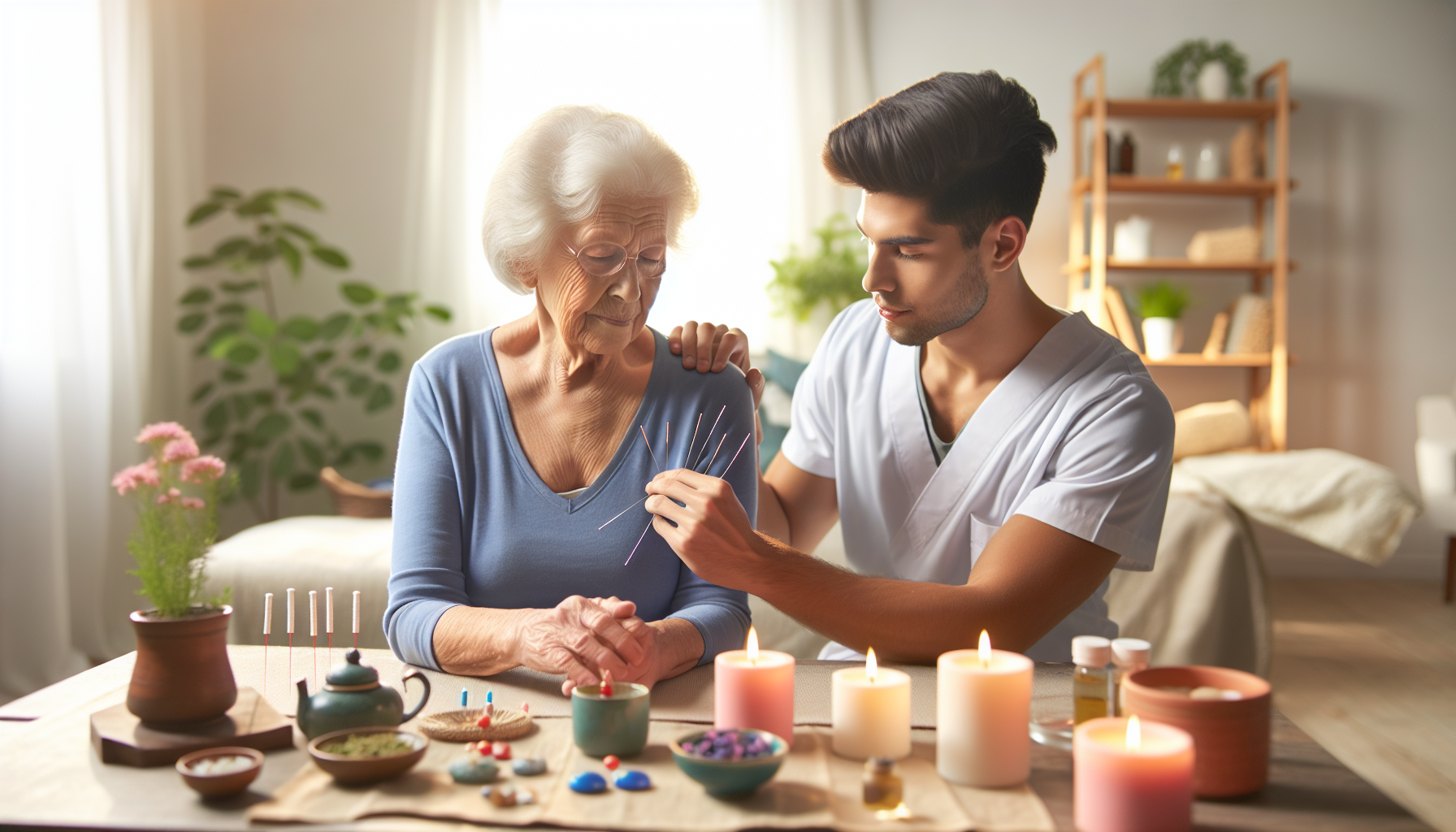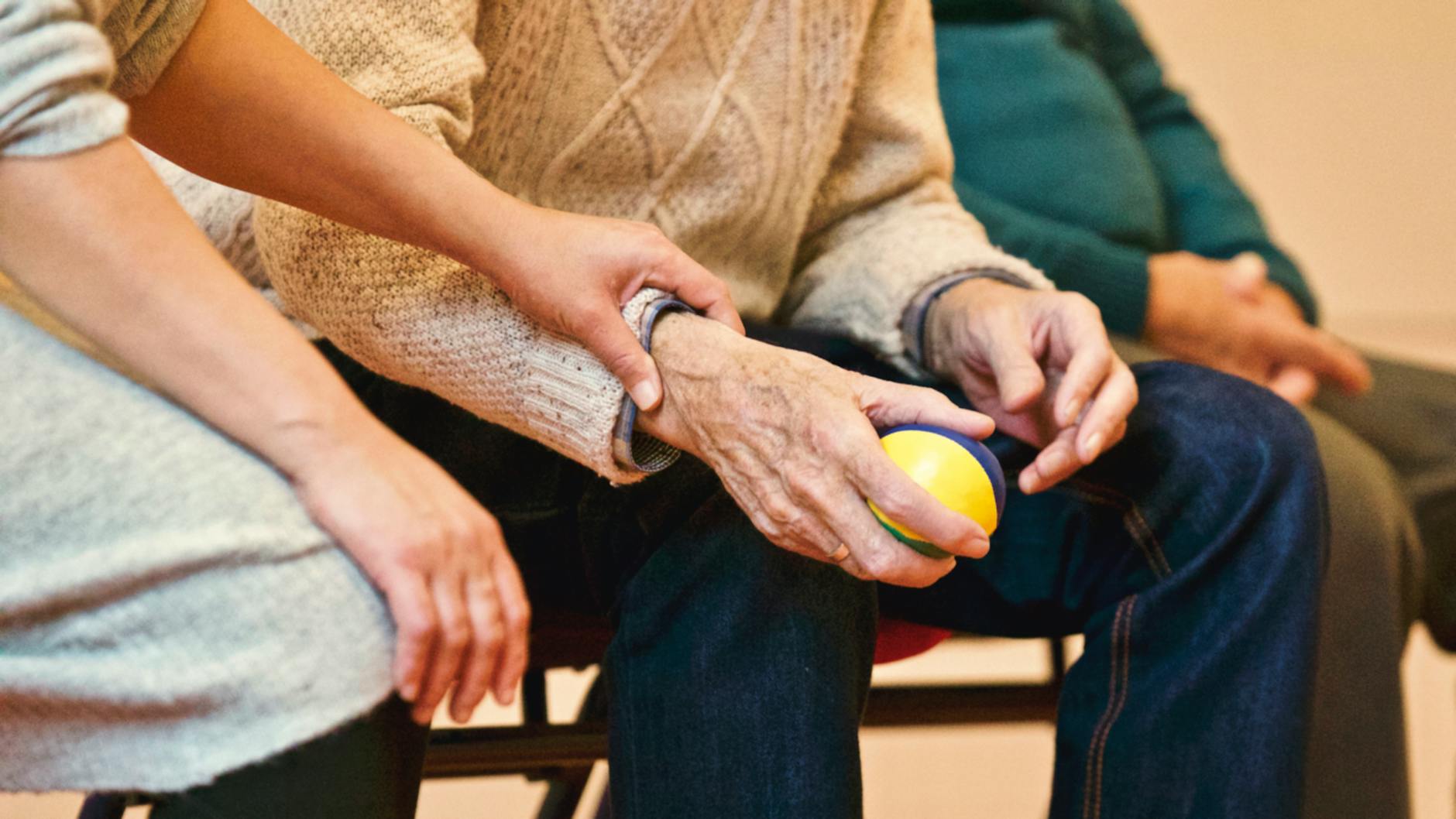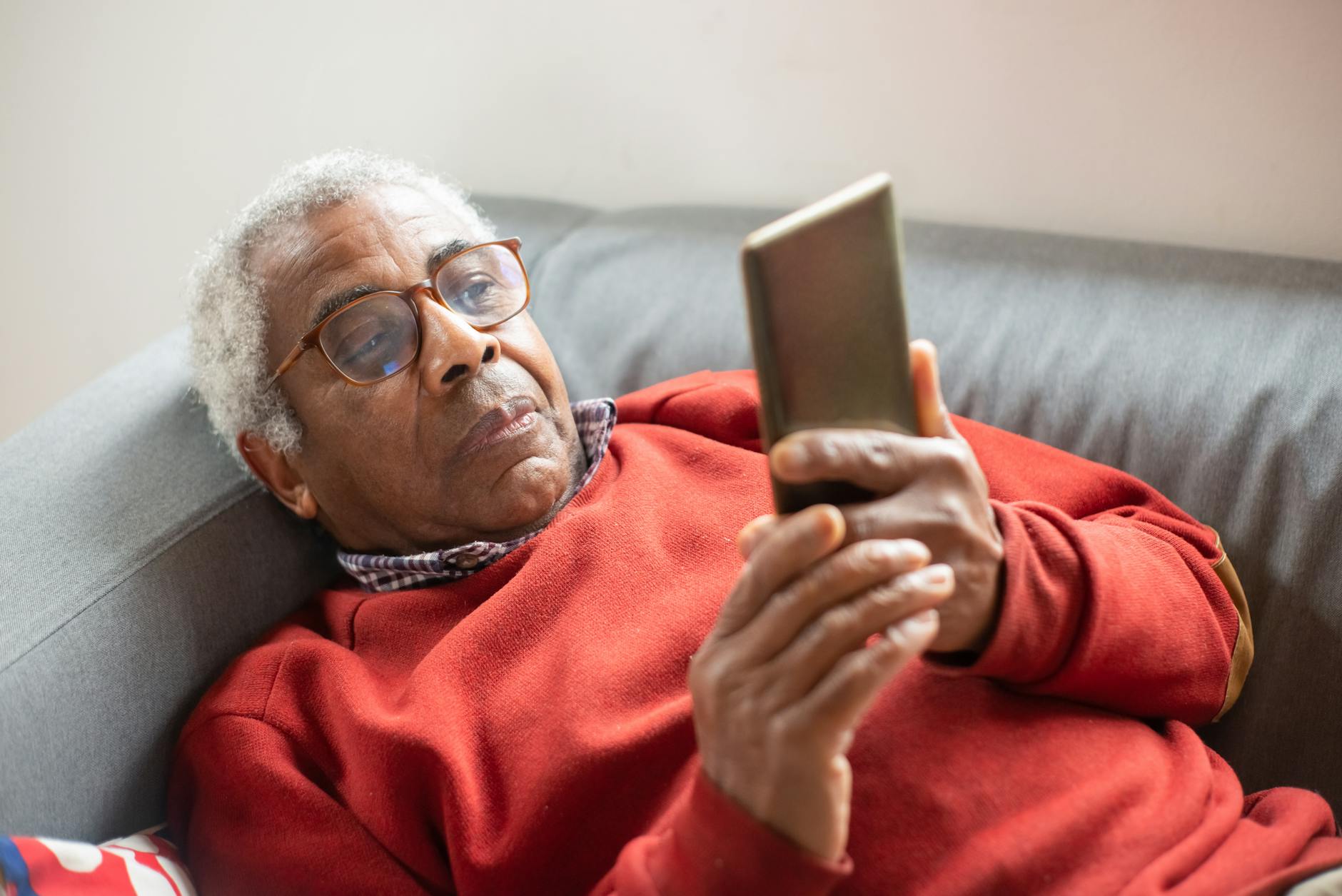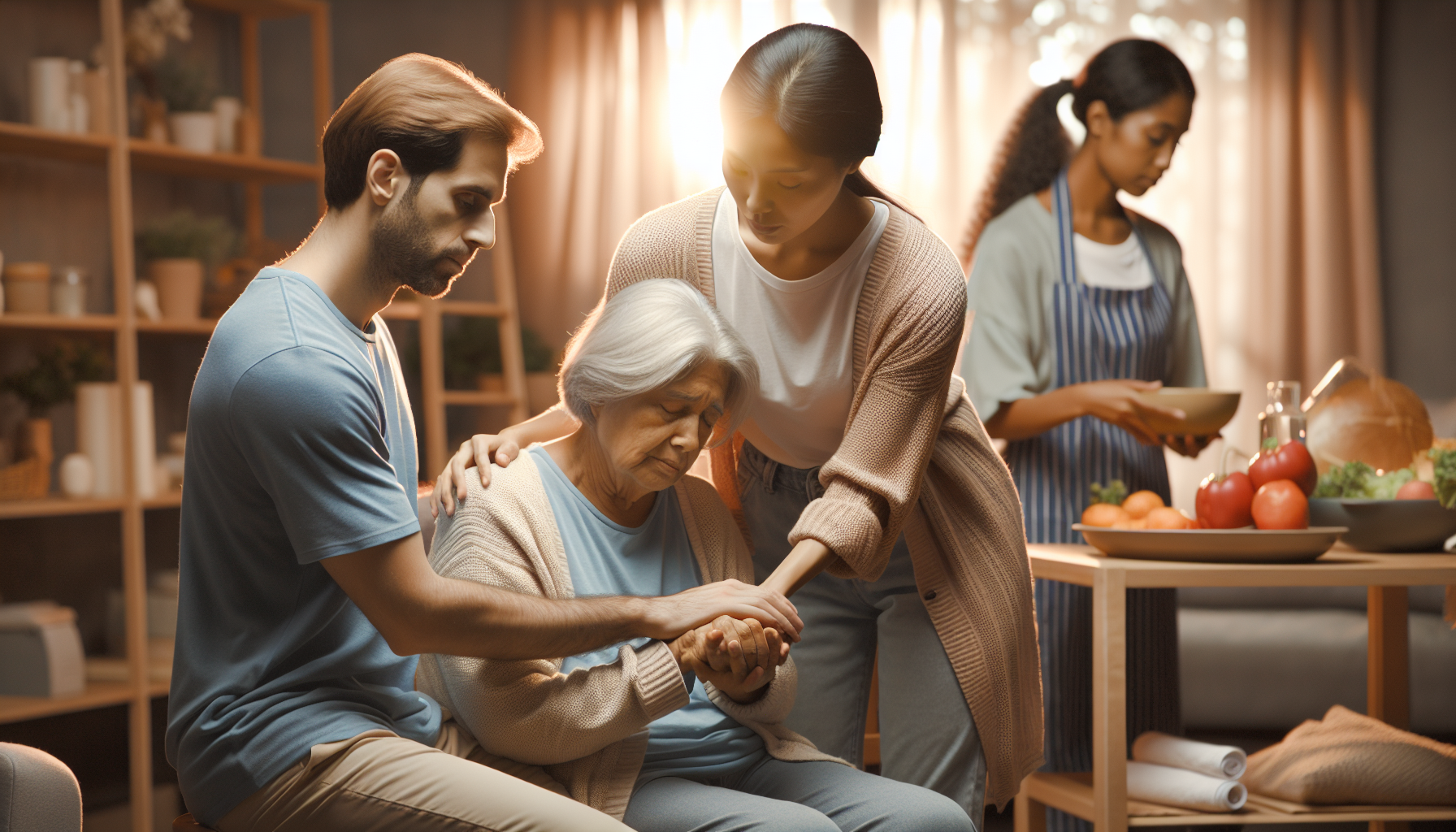Transportation for Social Outings in Home Care
Unlock social outings for seniors with reliable transportation options in home care.

Enhancing Social Outings for Seniors
Social activities play a vital role in the overall well-being and quality of life for seniors. Engaging in social outings and interactions can have a profound impact on their mental, emotional, and physical health. Let's explore the importance of social activities and the impact of social isolation on seniors.
Importance of Social Activities
Social activities are essential for seniors as they provide opportunities for connection, interaction, and engagement with others. By participating in social outings, seniors can experience various benefits that contribute to their overall well-being. Some of the key reasons why social activities are important for seniors include:
- Reduced Loneliness: Social activities help combat feelings of loneliness and isolation that are common among seniors. Engaging in conversations, group outings, and game nights can create a sense of belonging and foster meaningful relationships.
- Improved Physical Fitness: Certain social activities, such as regular exercise and dancing, can help seniors maintain their mobility, reduce aches and pains, and lower the risk of falls and injuries. Physical fitness can be enhanced through dynamic interaction with others.
- Expression and Creativity: Creative activities like writing, art workshops, cooking demonstrations, and music therapy provide opportunities for self-expression and help seniors find new hobbies. Engaging in these activities can combat the risks of mental health issues and memory loss [1].
- Improved Social Skills: Participating in social activities allows seniors to improve their social skills, interact with others, communicate effectively, and resolve personal or social disputes. These skills contribute to a better quality of life free from anxiety and loneliness.
- Enhanced Cognitive Function: Engaging in social activities that involve educational lectures, discussions, memory games, book clubs, and trivia nights can improve cognitive function, decision-making abilities, learning of new skills, and memory retention. These activities can potentially delay the onset of cognitive decline [1].
Impact of Social Isolation
On the other hand, social isolation can have detrimental effects on seniors' well-being. When seniors lack regular social interactions and participation in social activities, they may experience:
- Prolonged states of depression and anxiety.
- Decline in physical fitness and mobility.
- Increased risk of mental health issues and memory loss.
- Limited social skills and difficulty in resolving social conflicts.
- Higher likelihood of cognitive decline and associated challenges.
To enhance the lives of seniors and combat the negative effects of social isolation, it is crucial to prioritize and encourage social activities and outings. By providing opportunities for seniors to engage with others, we can help improve their overall quality of life and contribute to their overall well-being.
Transportation Options for Seniors
When it comes to ensuring seniors have access to transportation for social outings, there are several options available. These options vary in terms of accessibility, convenience, and eligibility. Let's explore three common transportation options for seniors: public transit, paratransit services, and ride-hailing/taxis.
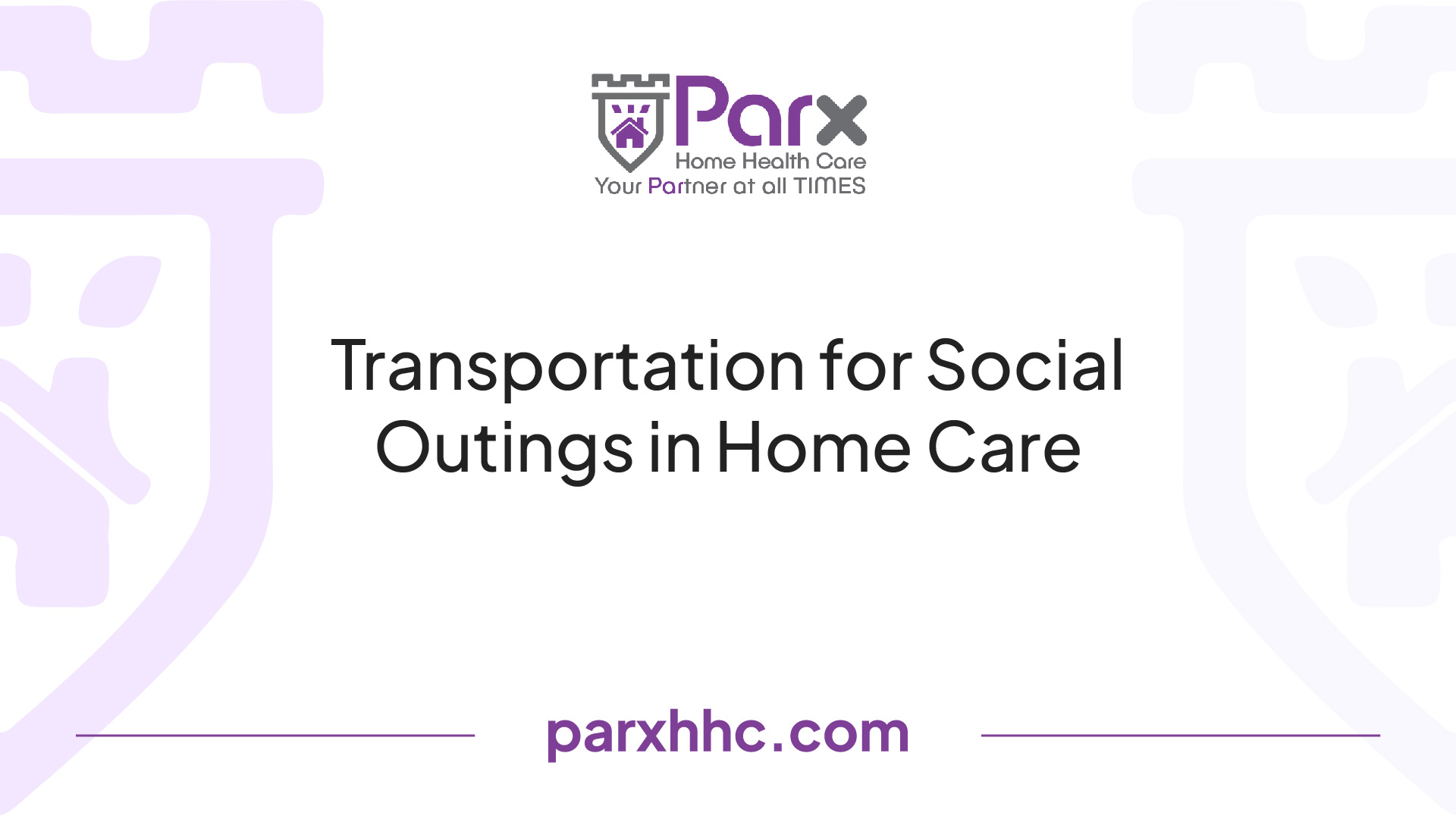
Public Transit and Accessibility
Public transit systems, such as buses and rail services, can be a cost-effective transportation option for seniors. These systems often offer discounted fares for older adults and individuals with disabilities, with accessibility features in buses, railcars, and stations. However, it's important to consider that public transit may not be suitable for individuals who have difficulty navigating stairs or waiting outside.
Paratransit Services Overview
Paratransit services are mandated by law to provide "complementary paratransit service" for individuals who are unable to use regular transit lines. These services operate during the same hours as normal service and cover comparable routes. To use paratransit services, individuals must meet the eligibility criteria set out in the Americans With Disabilities Act (ADA). Paratransit services provide a valuable option for those who may require additional assistance and accommodations.
Ride-Hailing and Taxis
Ride-hailing companies like Lyft and Uber have become increasingly popular for transportation needs. These services offer point-to-point transportation in their own vehicles, with booking and payment typically done through mobile apps. Ride-hailing companies have expanded their accessibility efforts, including programs like Uber Assist that train drivers to accommodate passengers with mobility issues.
It's important to note that while these services provide convenience and flexibility, they may not be suitable for all seniors. Some individuals may prefer the familiarity and comfort of traditional taxis, which are also accessible options for transportation.
When considering transportation options for seniors, it's essential to evaluate the individual's specific needs and preferences. Factors such as mobility challenges, accessibility requirements, and eligibility criteria should be taken into account. Exploring these various transportation options can help seniors maintain their independence, stay connected with their communities, and enjoy social outings.
Navigating Medical Appointments
When it comes to attending medical appointments, individuals in home care may require assistance and specialized transportation options. This section explores two common transportation solutions for seniors: nonemergency medical transit and volunteer transportation programs.
Nonemergency Medical Transit
Nonemergency medical transportation (NEMT) is a valuable service that provides transportation for individuals to their medical appointments, ensuring they receive the care they need. NEMT is typically covered as a Medicaid benefit, and certain private insurances, including some Medicare Advantage plans, may also cover non-emergency medical transit.
This service is particularly important for seniors who may have difficulty driving or arranging transportation on their own. NEMT ensures that individuals can access medical care, including doctor appointments, therapy sessions, or other necessary healthcare services. It helps alleviate the burden of arranging transportation and provides peace of mind for both the individuals and their caregivers.
Volunteer Transportation Programs
Volunteer transportation programs are another valuable resource for seniors in home care who require transportation to medical appointments. These programs are often offered by nonprofit and faith-based organizations and provide a helping hand to individuals in need. Volunteers offer transportation services, including door-to-door or door-through-door assistance for individuals who may require additional support getting in and out of cars and buildings.
These programs play a crucial role in addressing social isolation among older adults. Regular phone calls from volunteers have shown to decrease loneliness and increase social support among older adults. Volunteer programs connect compassionate individuals with seniors, providing emotional support and companionship. This not only helps alleviate feelings of loneliness but also fosters a sense of connection to the community.
Both nonemergency medical transit and volunteer transportation programs aim to ensure that seniors in home care can attend their medical appointments without added stress or inconvenience. These services provide the necessary assistance for individuals to receive the care they require, promoting their overall well-being and ensuring they can access the healthcare services they need.
Group Outings for Seniors
Social activities and group outings play a crucial role in enhancing the well-being of seniors. These activities provide opportunities for physical activity, mental stimulation, and social interaction, which are essential for maintaining optimal health in older adults. In fact, inactivity and social isolation can lead to various health issues such as cancer, diabetes, osteoporosis, depression, hypertension, and premature death.
Benefits of Group Activities
Engaging in group activities offers numerous benefits for seniors. These activities allow them to share their skills, talents, and knowledge with the community, fostering a sense of purpose and accomplishment. Participating in group outings also provides opportunities for seniors to learn new things, expand their horizons, and stay mentally sharp. Additionally, group activities promote socialization, helping seniors build and maintain meaningful relationships, which can combat feelings of loneliness and isolation.
Organized Group Outings
Organized group outings are an excellent way for seniors to engage in social activities and explore new places. Communities like Buckner Villas in Austin, TX, recognize the importance of group outings for seniors' overall well-being. They offer a variety of group outings as part of their vibrant and active senior community. These outings provide residents with opportunities to connect with neighbors and the broader community, while also experiencing new places and activities.
When planning group outings, it is essential to consider the mobility levels and comfort of the participants. Buckner Villas, for example, ensures that residents' mobility needs and preferences are taken into account during all excursions. This includes providing transportation services that allow residents to participate in group outings and other activities, ensuring they can get to their destinations safely and on time [4].
By offering a comprehensive program of group activities within their campus and in and around Austin, Texas, Buckner Villas and similar communities create opportunities for seniors to stay active, engaged, and connected within their community. These group outings and social activities contribute to a high quality of life for seniors, promoting physical and mental well-being.
In summary, group outings for seniors have significant benefits, including physical activity, mental stimulation, and social interaction. Organized group outings provide opportunities for seniors to share their skills, learn new things, and build meaningful relationships. By considering mobility needs and comfort, communities can ensure that seniors can participate in group outings safely and enjoyably. These activities contribute to a vibrant and active senior community, promoting overall well-being for older adults.
Addressing Mobility Challenges
For seniors, maintaining mobility is crucial for active aging, independence, and overall well-being. Mobility allows them to engage in social activities, access necessary resources, and participate in physical activities. However, addressing mobility challenges is an important aspect of ensuring seniors' quality of life. This involves a multidisciplinary approach that includes healthcare providers, policymakers, urban planners, and families.
Importance of Mobility for Seniors
The mobility of older adults plays a significant role in their daily lives. Research shows that approximately one third of 70-year-olds and most 80-year-olds report restrictions on mobility in their apartments and immediate surroundings. This limitation can lead to falls, injuries, hospitalizations, and a decline in their overall quality of life, ultimately increasing mortality rates.
Life-space mobility (LSM), which assesses functional, environmental, and social factors affecting how seniors live their everyday lives, has been recognized as a predictor of cognitive decline, hospital readmission, quality of life, and admission to a nursing home. It emphasizes the importance of maintaining mobility not only within the home but also in the broader community. By preserving mobility, seniors can continue to engage in social activities, stay connected with their peers, and access the services they need.
Technological Solutions
To address mobility challenges for seniors, innovative technological solutions are being developed. These advancements aim to enhance seniors' mobility, prevent falls, and improve overall safety and well-being. Some of the technological solutions currently being explored include:
- Wearable Transfer Aid Robots: These robots provide assistance to seniors with mobility limitations. They can help with transfers, walking, and provide stability and support, reducing the risk of falls and injuries.
- Smart Walkers: Smart walkers are equipped with sensors and navigation systems to assist seniors in maintaining balance and stability while walking. They can provide real-time feedback and alerts to help prevent falls.
- Falling Alerts: Falling alerts utilize wearable devices that can detect sudden movements or changes in body position. When a fall is detected, an alert is sent to a designated contact or care provider, enabling prompt assistance.
- Environmental Assistance: Environmental assistance focuses on creating age-friendly public spaces and incorporating smart home technologies. These solutions include ramps, handrails, non-slip surfaces, and well-lit pathways to promote safe and accessible mobility.
By embracing emerging technologies, seniors can benefit from improved mobility, reduced falls, and increased safety. These solutions aim to prevent adverse events that hinder therapy, delay rehabilitation, exacerbate impairment, and jeopardize patient safety.
In conclusion, addressing mobility challenges for seniors is essential for their well-being and quality of life. By recognizing the importance of mobility and utilizing technological solutions, we can create an environment that promotes active aging and enables seniors to maintain their independence, engage in social activities, and access necessary resources.
Transportation Services for Social Outings
When it comes to organizing social outings for individuals receiving home care, transportation plays a vital role in ensuring they can access various community activities and events. Transportation services for social outings aim to promote independence and community participation, enabling individuals to engage in activities such as employment, volunteer work, social clubs, and more.
Service Coverage and Eligibility
Transportation services for social outings in home care encompass different aspects to meet the needs of individuals. These services may involve private vehicle transportation by a coworker, community member, or the purchase of public transportation tickets like bus or subway.
In some cases, agencies responsible for administering these services can coordinate and bill the Department of Medical Assistance Services (DMAS) for reimbursement. Private transportation for social outings is generally reimbursed based on a "trip" rate, which includes the round-trip cost. The trip rate varies depending on the one-way distance traveled, categorized as less than 10 miles, between 10 and 20 miles, or over 20 miles. The trip rate is the same for all individuals being transported to a single destination, determined by the distance between the first individual picked up and the final destination.
Reimbursement and Documentation
Providers of transportation services for social outings in home care must maintain detailed documentation to support their claims for reimbursement and ensure compliance with regulations. This documentation includes assessments, trip plans, trip logs, driver qualifications, and documentation of service delivery. It is essential to maintain accurate and thorough records to avoid any potential recovery by DMAS. By adhering to proper documentation practices, providers can ensure their reimbursement claims are supported and meet the necessary requirements.
Proper documentation not only assists in reimbursement processes but also helps in monitoring the effectiveness and quality of transportation services provided. It allows for better coordination, evaluation, and improvement of services, leading to enhanced experiences for individuals during their social outings.
By understanding the coverage, eligibility, reimbursement, and documentation requirements of transportation services for social outings in home care, caregivers and individuals alike can make the most of these services. It is crucial to work closely with the administering agency and follow the guidelines to ensure seamless transportation experiences that enable individuals to engage in social activities and maintain a sense of connection with their community.
References
[1]: https://www.linkedin.com/pulse/6-reasons-why-social-activities-important-care-home-residents
[2]: https://www.aarp.org/caregiving/home-care/info-2020/transportation-services.html
[3]: https://www.nautilusshc.com/blog/companionship-and-connection-social-care
[4]: https://bucknervillas.org/news-blog/importance-of-group-outings-for-seniors/
[5]: https://www.ncbi.nlm.nih.gov/pmc/articles/PMC10360303/
[6]: https://law.lis.virginia.gov/admincode/title12/agency30/chapter122/section440/




